Creating my Own Chemistry Certification Study Guide
In a previous post, I promised that I would blog about my chemistry certification study guide I created to help pass the Chemistry OSAT (certification test for chemistry). Here are the details!
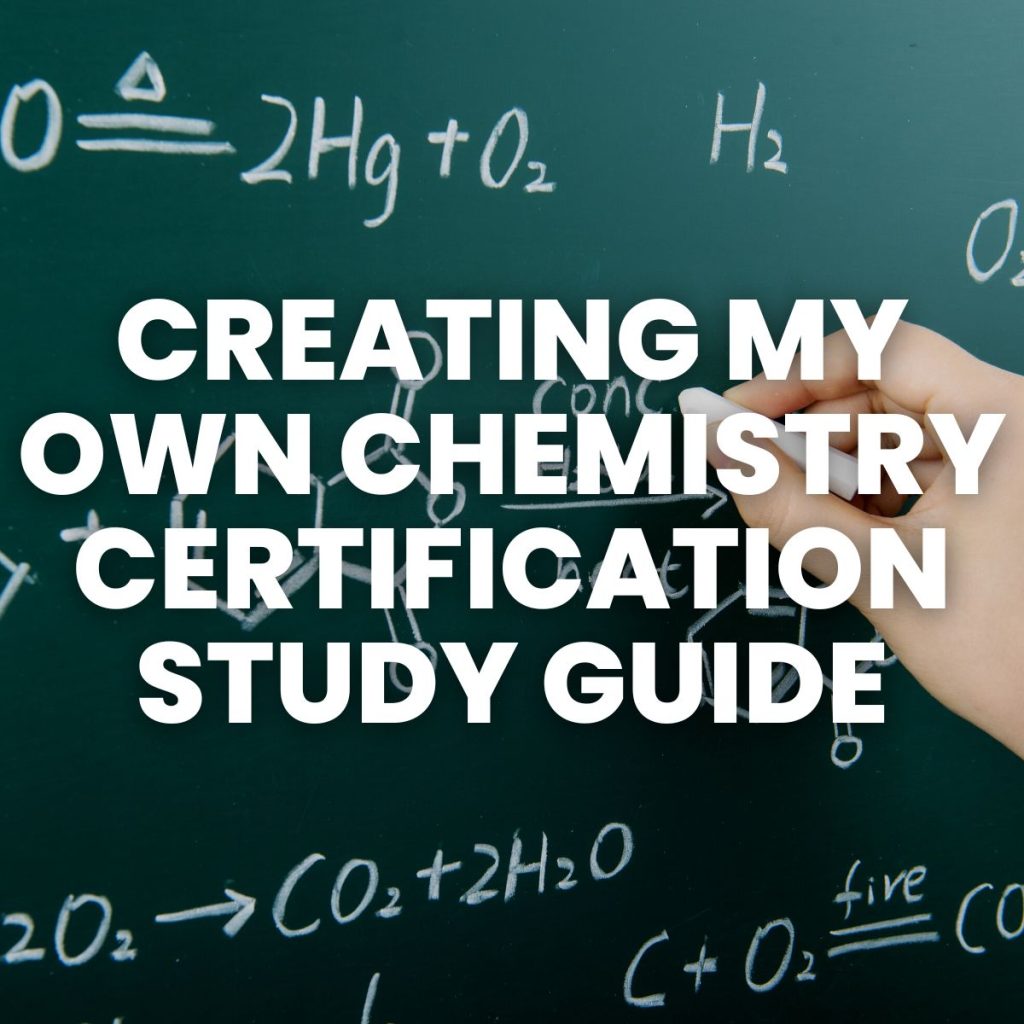
This year I taught my first-ever science class. Now, I never planned on being a science teacher, so I never took any steps toward being certified to teach science. This year, I was able to teach one period of science without certification as a “co-teacher.” This meant I taught the class on my own, but I under the guidance of one of the certified science teachers in the building.
I decided to seek out my own science certification by passing the OSAT (Oklahoma Subject Area Test) in Chemistry. On President’s Day, my husband and I drove to Stillwater so I could take my exam. It was a long wait until March when I finally found out that I PASSED!

I do have some chemistry in my background. As a high school sophomore, I took a Pre-AP Chemistry class. Then, as a high school senior, I took AP Chemistry. I did really well in the class, and I ended up scoring a 5 on my AP test. This 5 netted me college credit for Chem I and Chem II from The University of Tulsa. I still needed a lab credit in science to graduate, so I took the Chem I lab class as a college sophomore. And, that was the last time I did any chemistry.
For the first four years I worked at Drumright, our chemistry program was super-small. The class would always range from 3-5 or so students, and student morale was generally low. I would often find myself helping students with their chemistry assignments. They would ask me why I didn’t teach chemistry since I explained it so well. I always told them that I would love a chance to keep chemistry one day, but I wasn’t sure if I would be able to pass the certification test.
Fast forward to this year. Our upper-level science teacher retired, and the position was not rehired due to budget cuts. A few days before school started, I was given the choice between adding a 4th prep of Algebra 2 or Physical Science. I had worked really hard to not have to teach Algebra 2 this year, so I chose to teach physical science. I quickly found out that I LOVED the chemistry part of physical science and didn’t love the physics section of physical science. This is what convinced me that I needed to earn my chemistry certification.
I knew I would need to study A LOT since it had been over 9 years since I had actually sat in a chemistry class. I started my studying by visiting the website for our state certification tests. The website offered me a whopping 10 sample multiple choice questions and 1 sample constructed response question. Given that I had trouble answering quite a few of these sample questions, I knew I would need so much more practice than these 11 questions provided.
A quick google search showed me that there were a few exam prep books on the market. But, after looking at their steep price tags, I decided to create my own chemistry certification study guide.
I began by creating a divider for each subarea of the test.
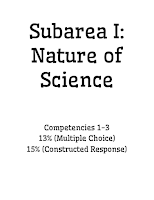
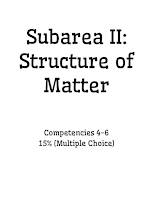
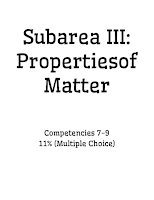
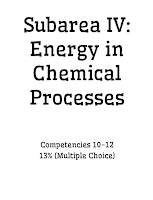
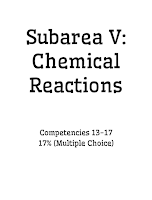
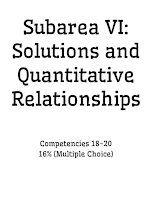
Next, I created a subdivider for each competency.
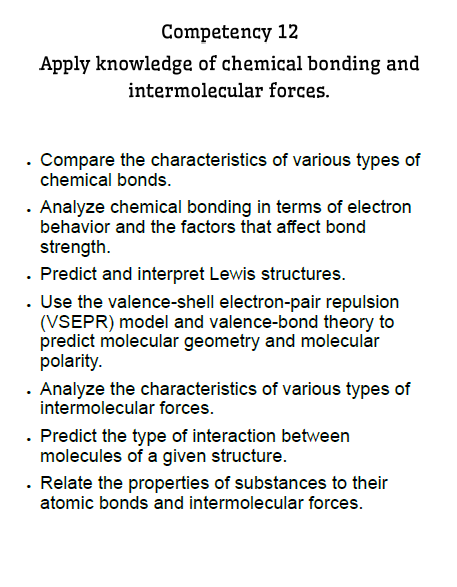
These were hole punched and placed in a binder. I printed off each of the sample questions offered by Oklahoma’s CEOE and placed it behind the appropriate competency. I printed them double-sided so that the question was on the front of each page and the answer was on the back of each page in small print.
Then, I went on a mission to find as many practice problems as possible. I combed through each state’s science certification tests and picked out every single chemistry question.
I harvested questions from California, Florida, Illionis, Indiana, Minnesota, Missouri, New Mexico, New York, Ohio, Oklahoma, Michigan, Oregon, Washington, and the Praxis.
This ended up being a bunch of questions. Of course, that’s exactly what I was hoping for!
I printed these questions the same way I did the Oklahoma questions. One question per page. Question printed on the front. Answer printed on the back.
Here’s an example of a question page:
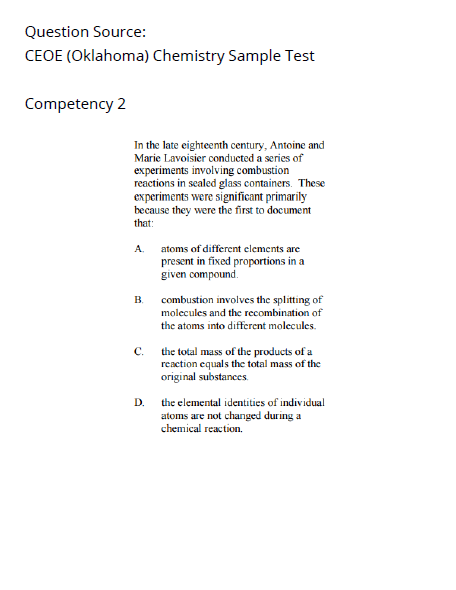
The snipping tool was my best friend that made this project feasible.
It was a bit tricky sorting the questions from each different state to correlate with the Oklahoma competencies, but I think this added to the learning experience because it meant I had to do a lot of research about what some of the questions even meant.
Here’s my finished study guide:

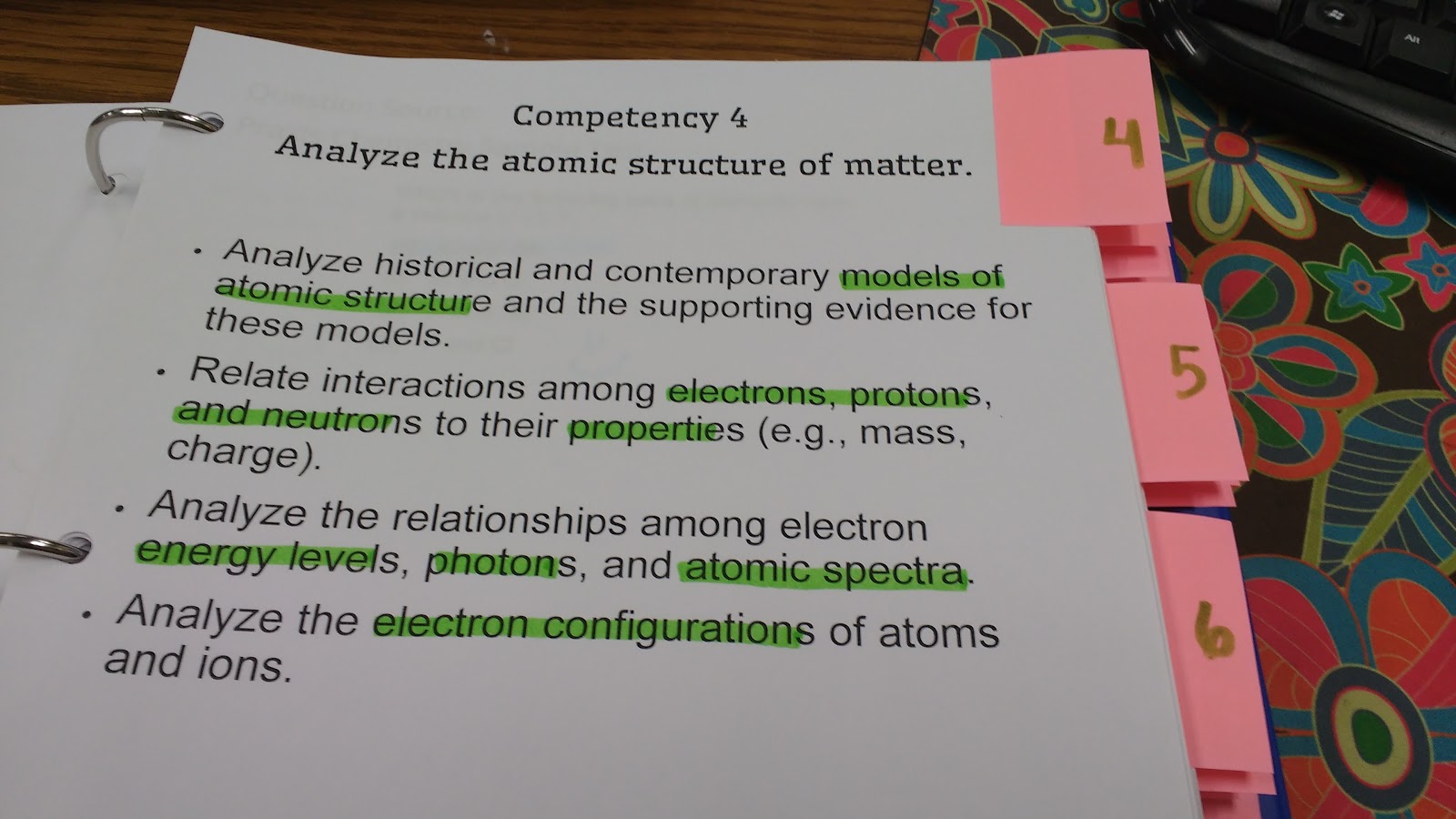
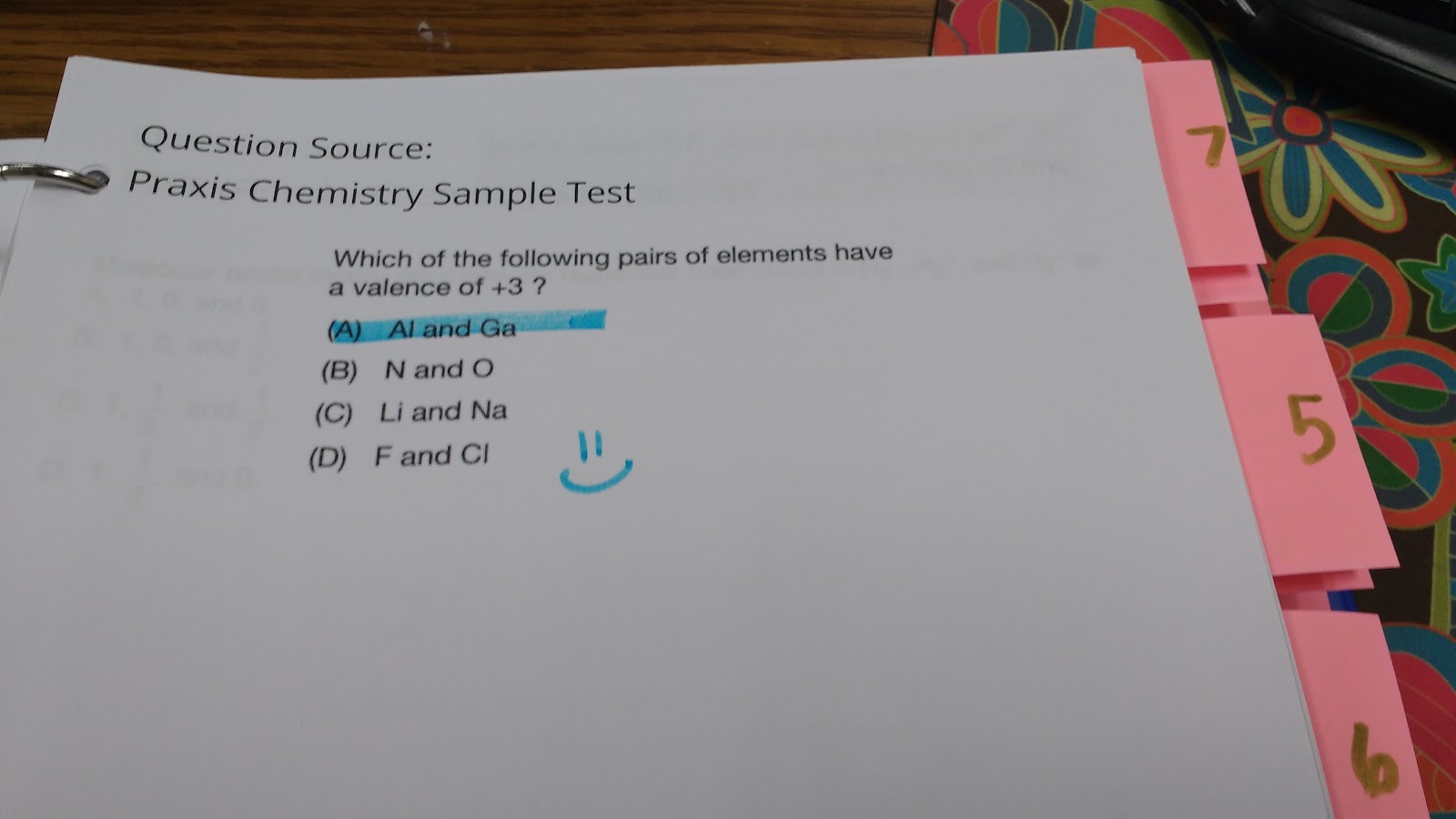
By the time I got all of the pages in my binder, it would barely close. I worked through each problem. Many of the problems I had to skip and come back to. Some became clear after working through other related problems. Plenty of others had to be googled. My husband had to help me understand the different types of nuclear decay.
This binder ended up traveling with me everywhere. It made the trek to school each day so it could eat lunch with me. Many weekend afternoons were spent curled up with this binder, a highlighter, and my laptop. I have to get to church early on Sundays because my husband is in the band, so I would sit on the couch in the lobby of the church and study chemistry.
It ended up being worth it because I passed!
Free Download of Chemistry Certification Study Guide Materials
Chemistry Certification Materials (ZIP) (339 downloads )
I’ll warn you that these files are not perfect. One of the state’s questions copied and pasted a bit weirdly. Another file has two of the answers switched around accidentally. But, I know that fixing a few small mistakes won’t take near as long as it took me to create the original files!
Next, my plan is to do the same thing for physics so I can teach myself!
More Activities for Teaching Science
- 26 Chemistry Foldables and Interactive Notebook Pages
- Borax Snowflake Christmas Ornaments
- How the Periodic Table Really Looks Activity
- Mix and Match Mass Mini Lab
- Spot the Safety Hazards Picture
- Draw an Atom: Before and After Activity
- Save Fred Activity
- Reviewing Observations and Inferences with Dinosaurs
- Chemical Accidents Lab Safety Activity
- Physical vs Chemical Changes Story
- Spot the Safety Hazards Story
- What Not to Do Laboratory
- Measurement Puzzlers
- Homogeneous vs Heterogeneous Color Coding Activity
- Chemistry Frayer Model
- How to Read the Periodic Table Poster
- Roman Numerals Poster
- Two Buckets Puzzle
- Ice Cream in a Bag Lab
- Covalent Compounds Bulletin Board
- Naming Compounds Manhunt Activity
- Atomic Theory Timeline Foldable Projects
- Conversation Hearts Lab for Valentine’s Day
- How Big is the Nucleus of an Atom?
- Chemistry Black Box Activity
- Metric Prefix Flashcards and Quiz
- Dimensional Analysis Shape Cards Activity
- Film Canister Density Challenge
- Element Quiz Generator
- Element Bingo Activity
- Substances vs Mixtures Sorting Activity
- Free Scientific Method Posters from Scholastic
- How Many Elements Can You Name Quiz
- Types of Chemical Research Foldable
- Branches of Chemistry Foldable
- States of Matter Foldable
- Matter vs Not Matter Card Sort Activity
- What is Chemistry? Mind Mapping Activity
- SI Units Posters
- Creating my Own Chemistry Certification Study Guide
- Periodic Table of Mistakes Dry Erase Activity
- Rube Goldberg Machine Projects
- Mole Poster – Avogadro’s Number
- Diatomic Elements BrINClHOF Poster
- Prefixes Poster for Naming Covalent Compounds
- Mini Metric Olympics Activity
- Significant Figures Poster Project
- Hit the Target Lab
- Arithmetic with Significant Figures Task Cards
- Significant Figures Ordering Cards Activity
- Significant Figures Looping Cards Activity
- Significant Figures Stations Activities
- Significant Figures Two Truths and a Lie Activity
- Mini-Labs for Calculating Error and Percent Error
- Scientific Notation Dominoes Activity
- Scientifico – A Bingo Style Game for Practicing Scientific Notation
- Scientific Notation Square Puzzle Activity
- Scientific Notation Activities and Games
- Significant Figures Speed Dating Activity
- Accuracy vs Precision Posters
- Significant Figures Posters
- Scientific Notation Ordering Cards Activity
- Scientific Notation Ranking Task
- Scientific Notation Foldable
- Scientific Notation Graphic Organizer
- Accuracy vs Precision Graphic Organizer
- Giantburgers Scientific Notation Task
- Error and Percent Error Foldable
- Mole Day Decorations and Ideas
- Periodic Table of the Elements Project

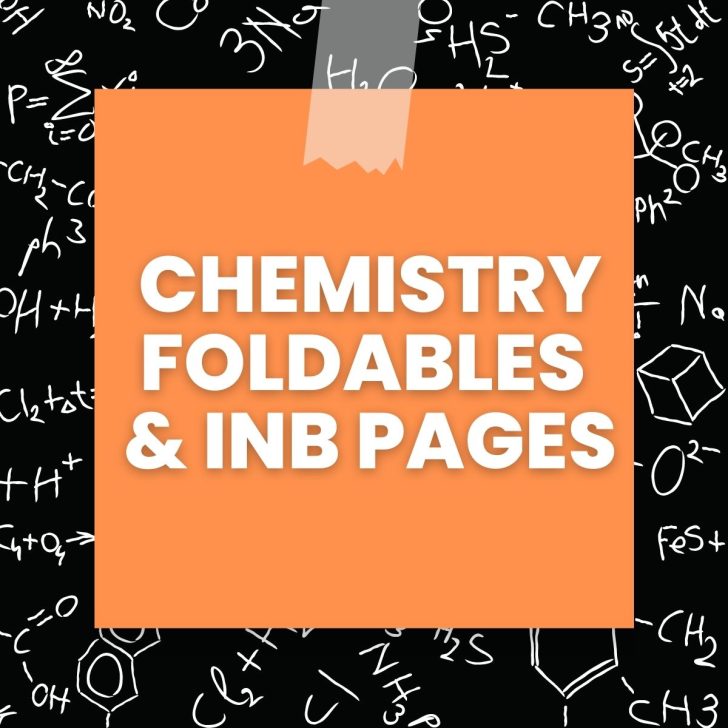
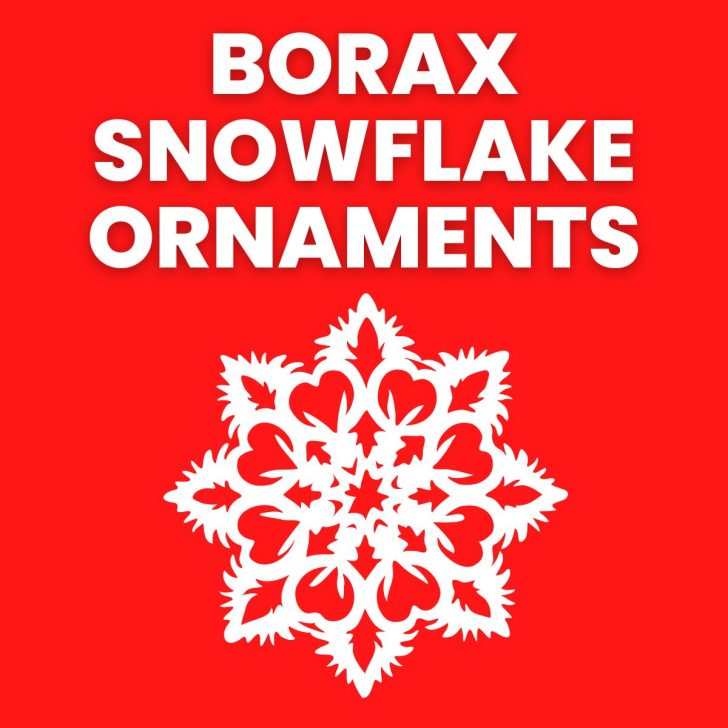
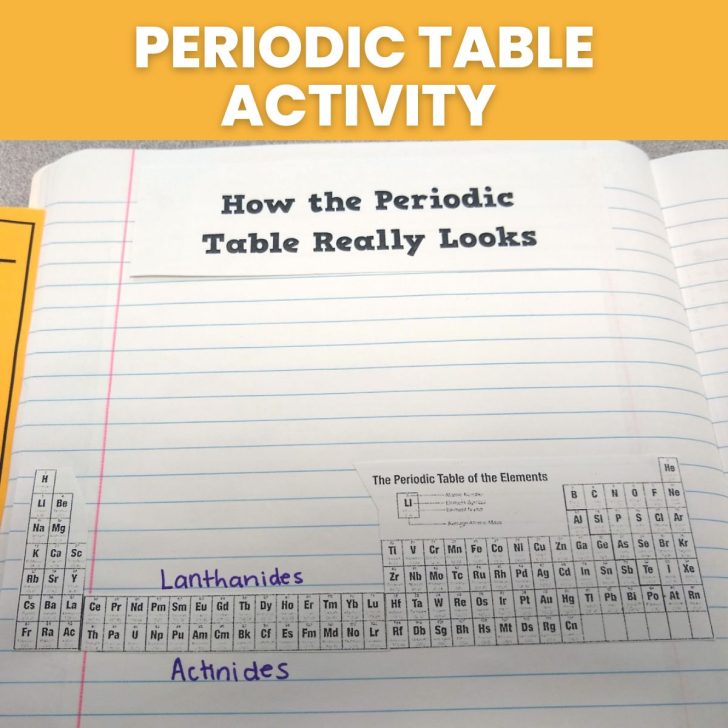
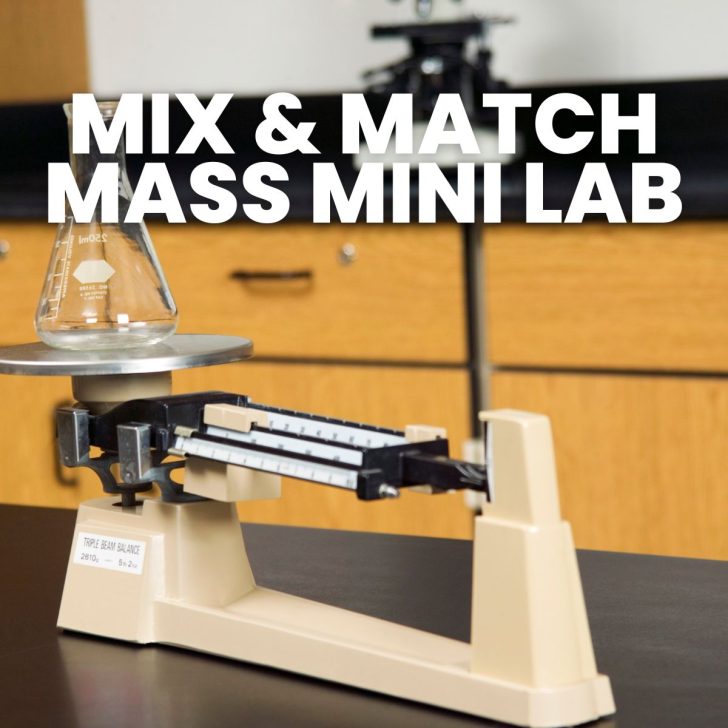
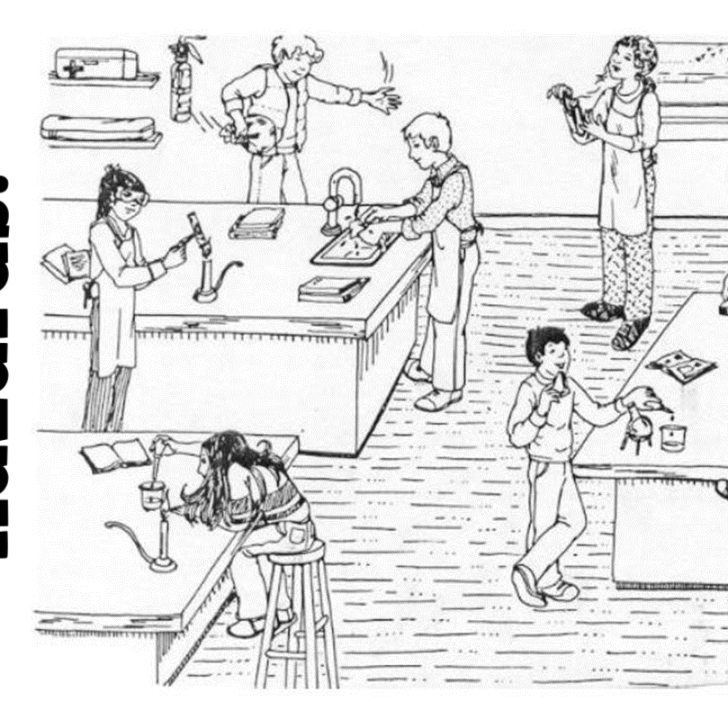
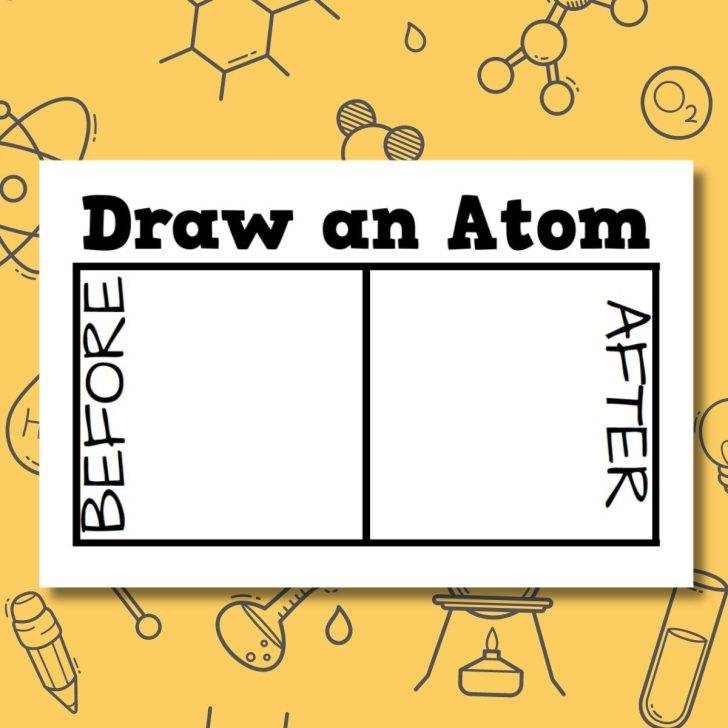
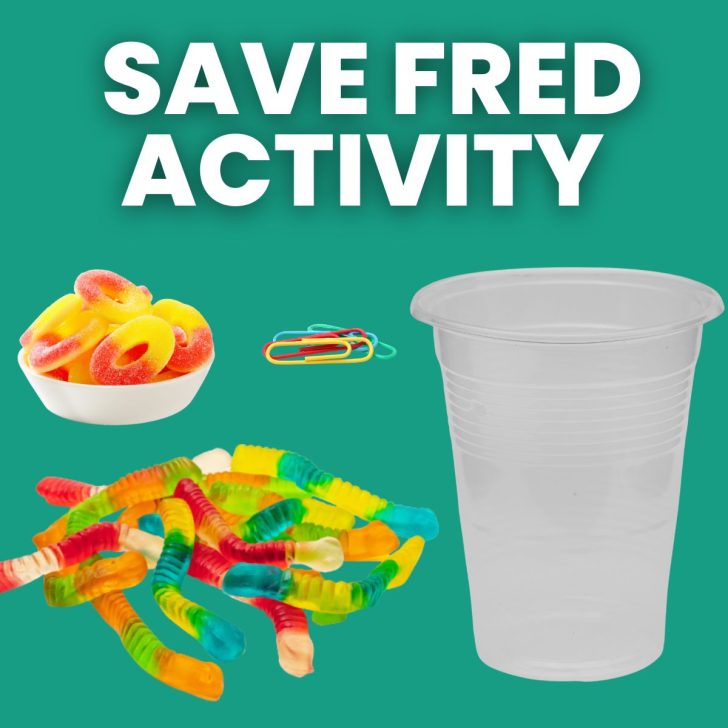
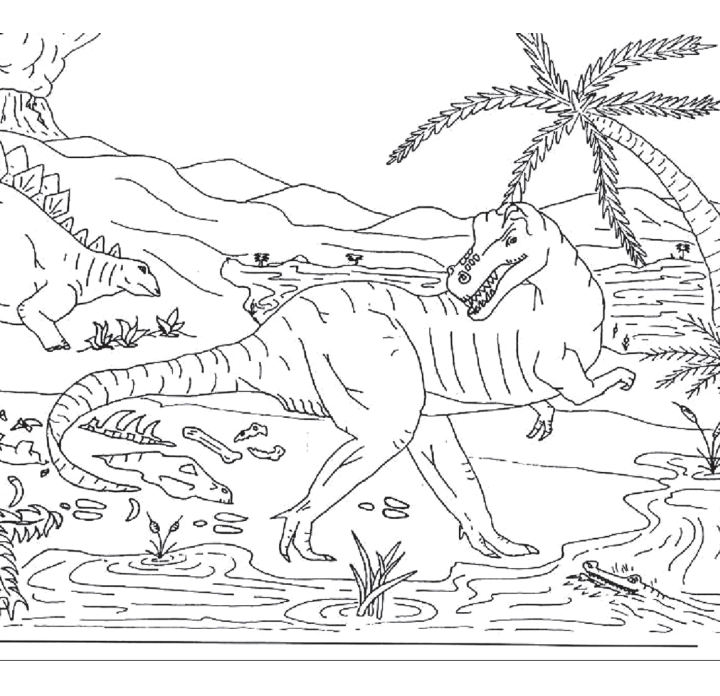
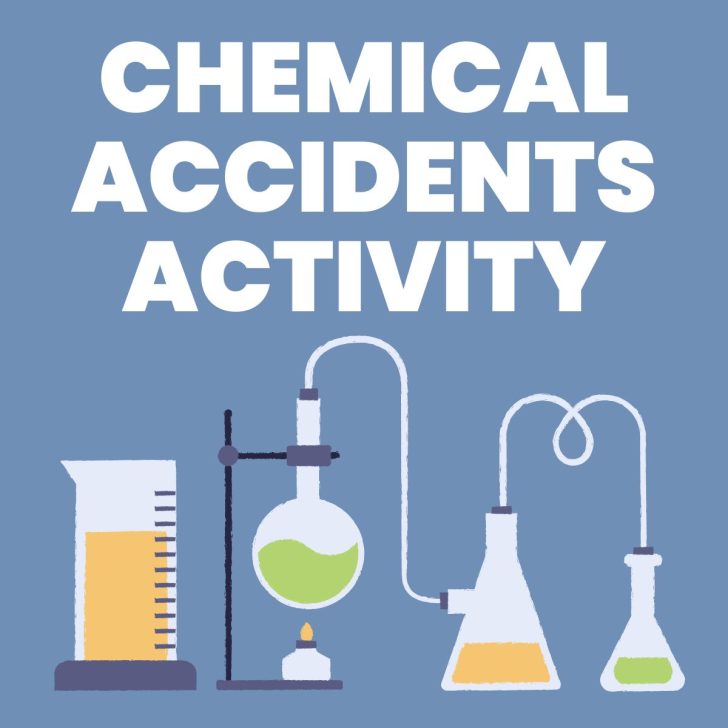
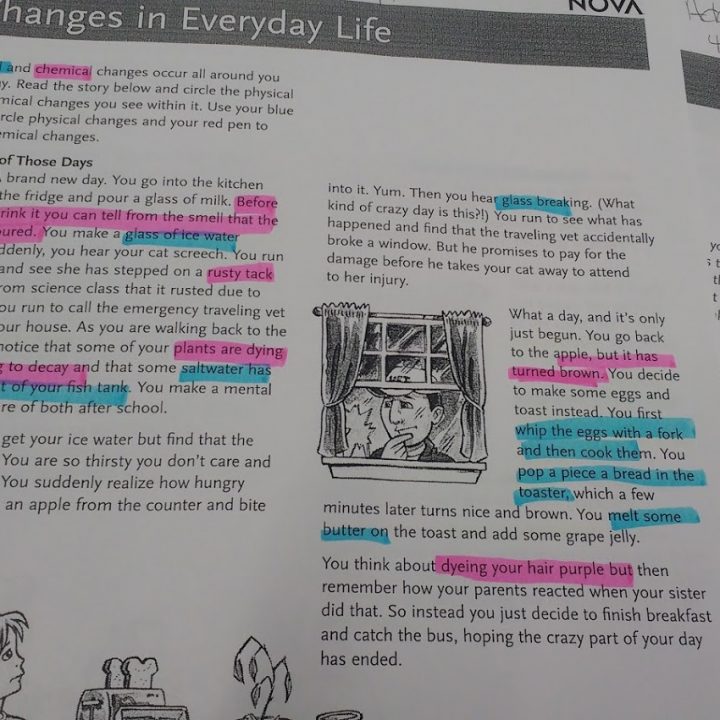
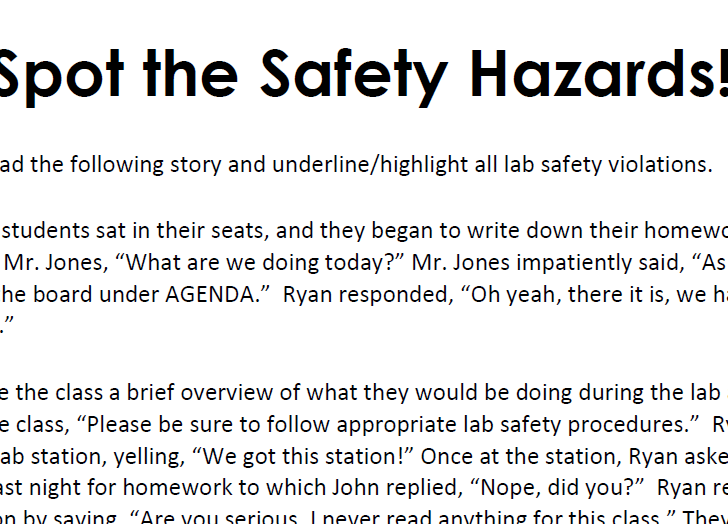
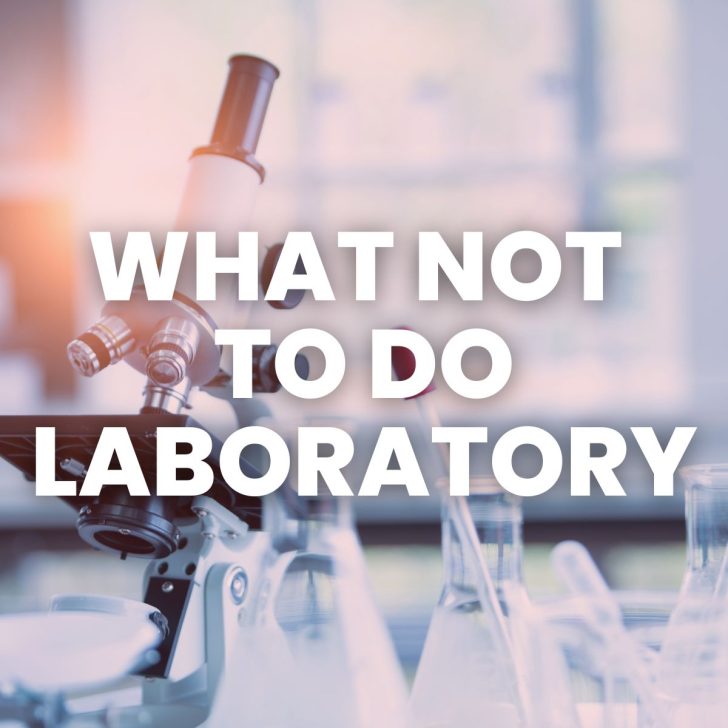
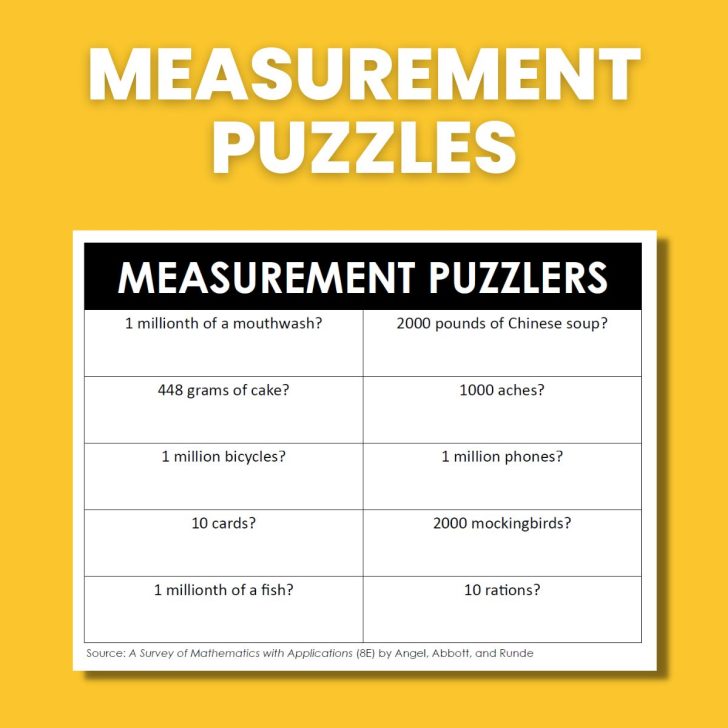
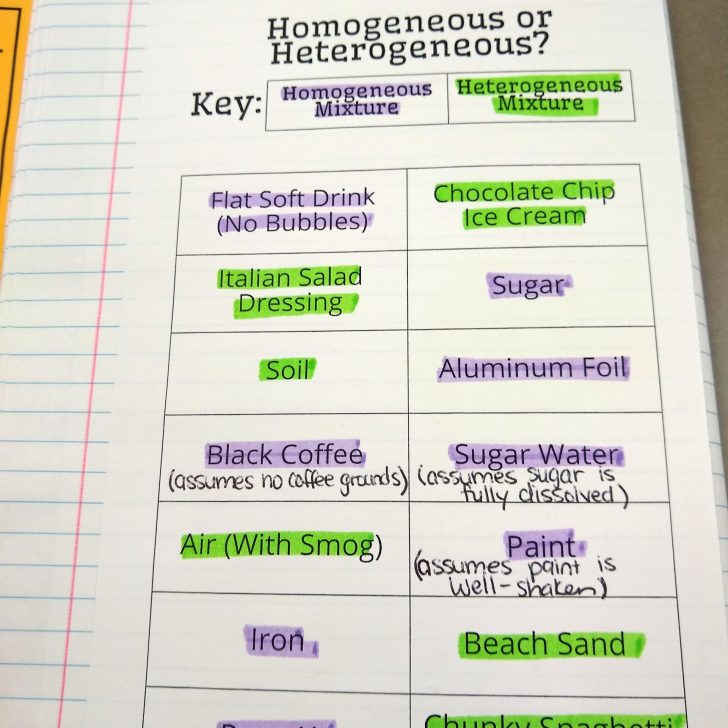
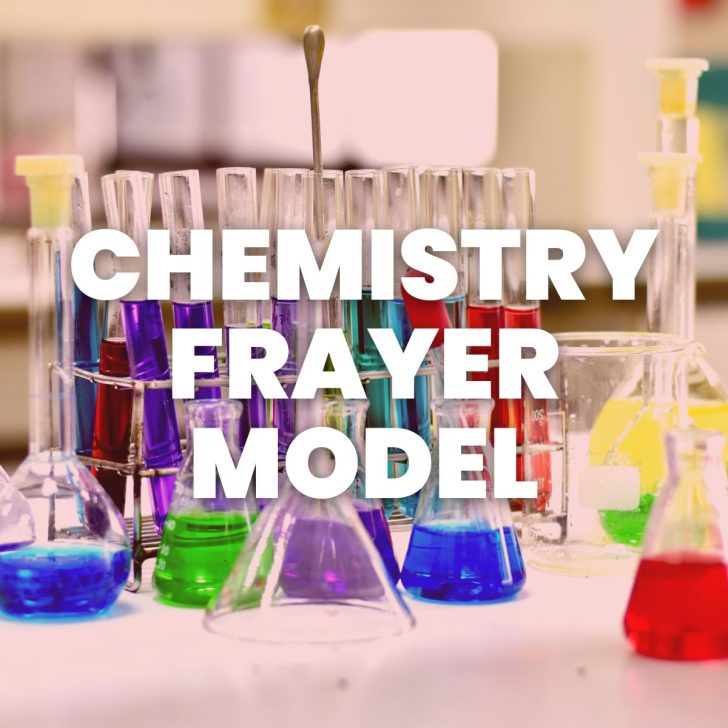
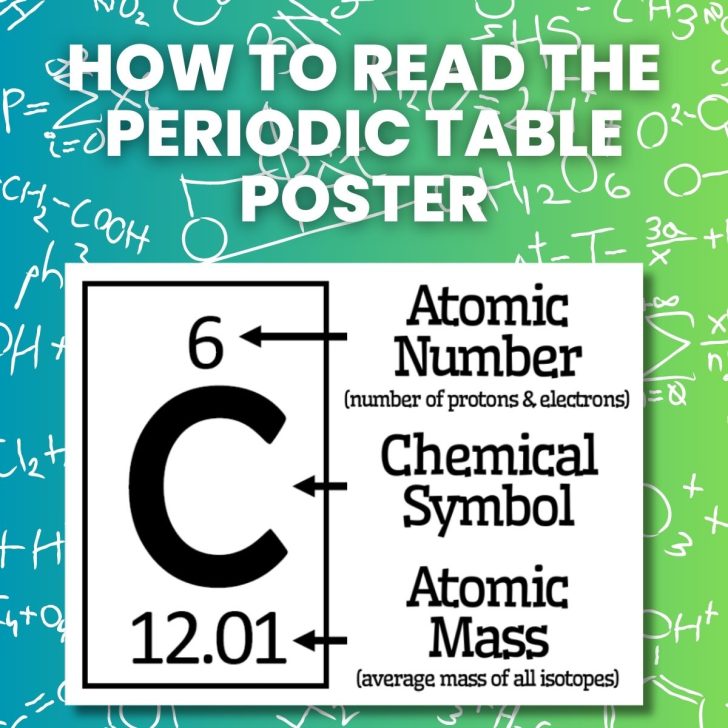
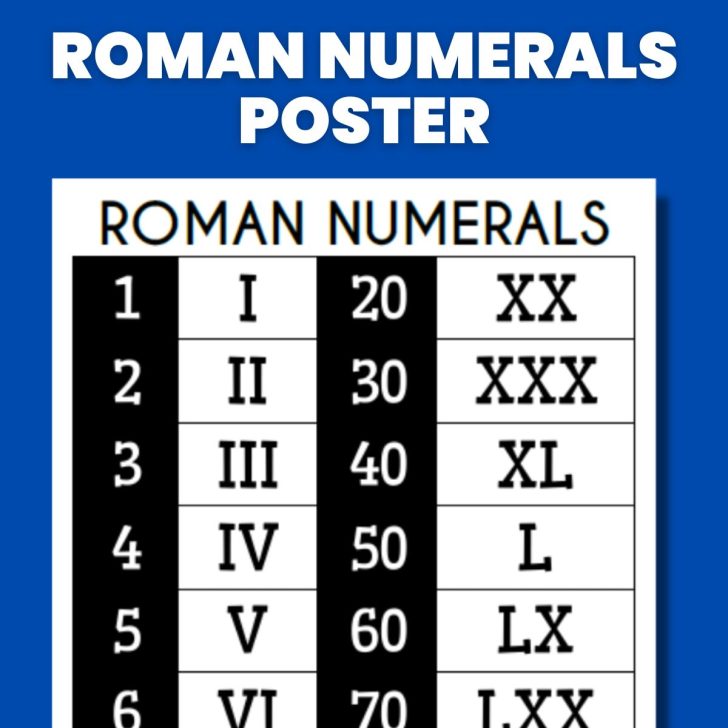
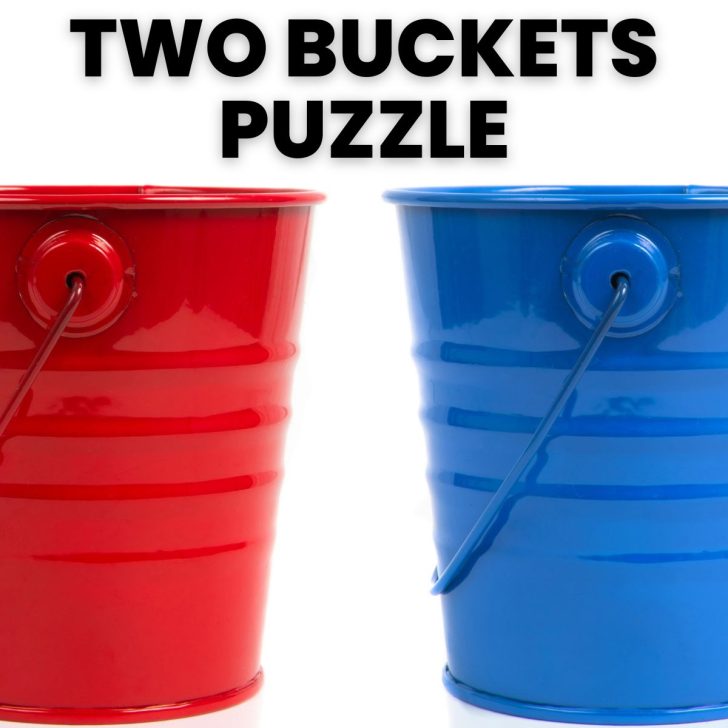
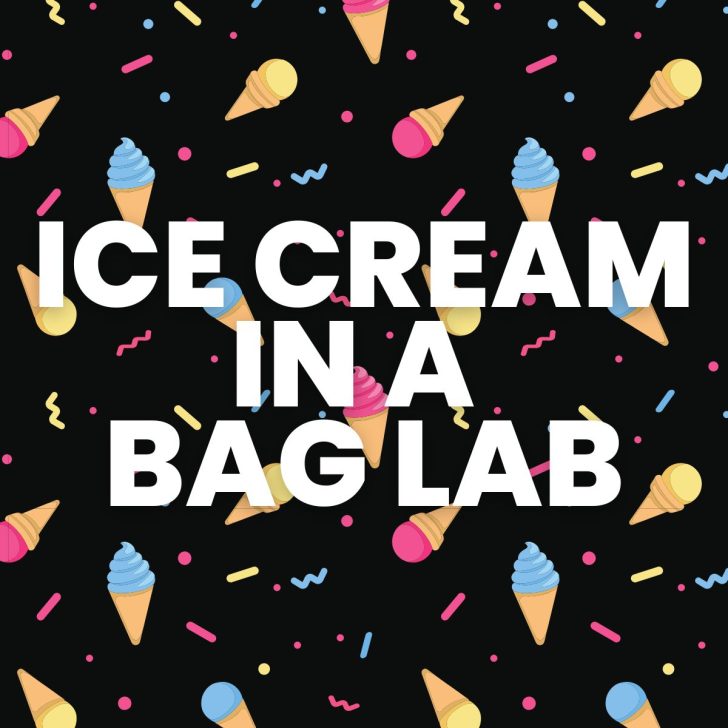
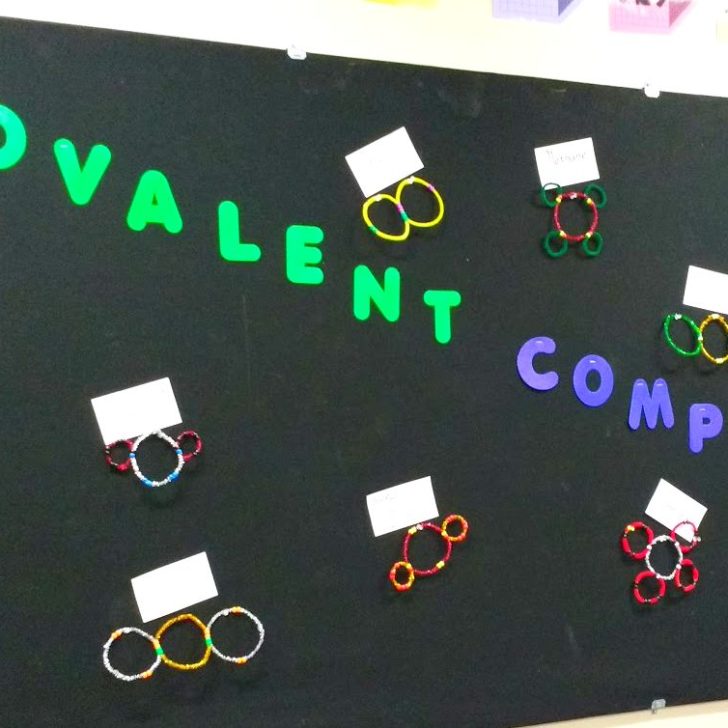
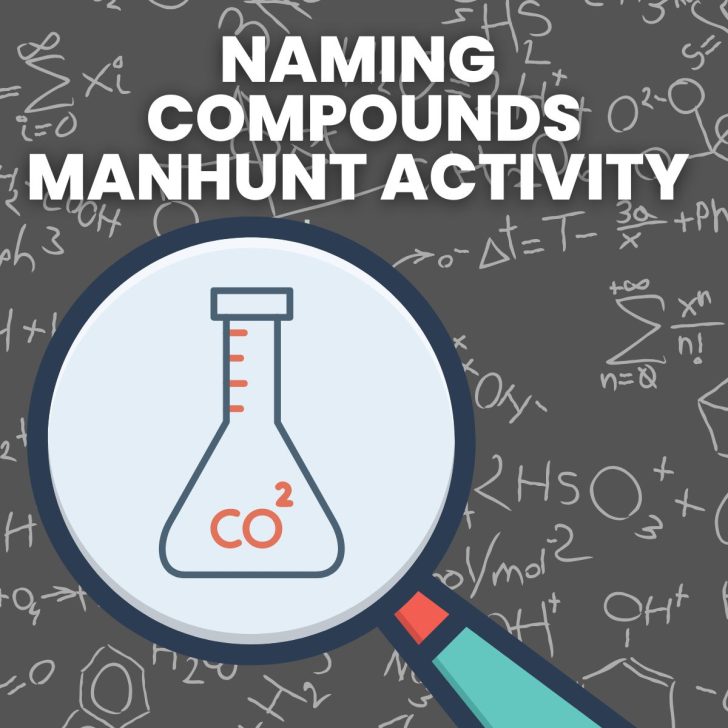
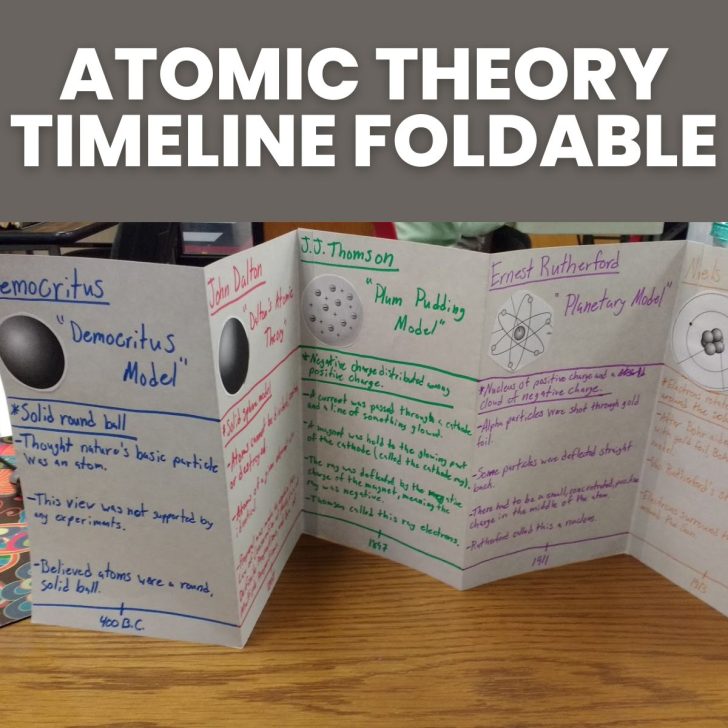
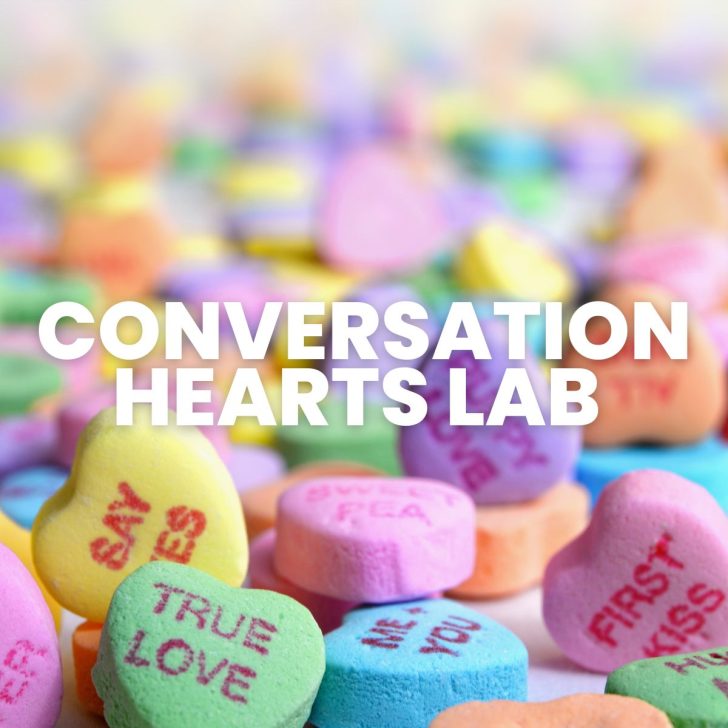

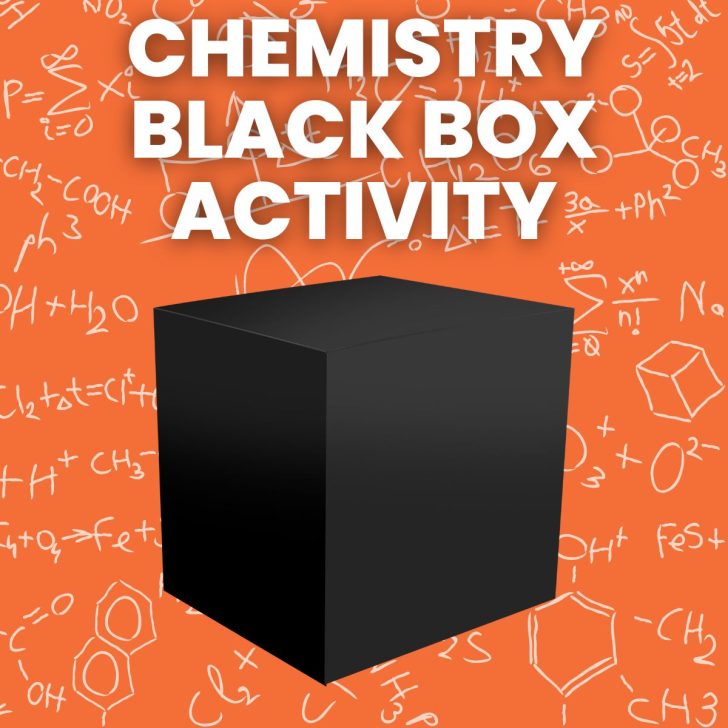
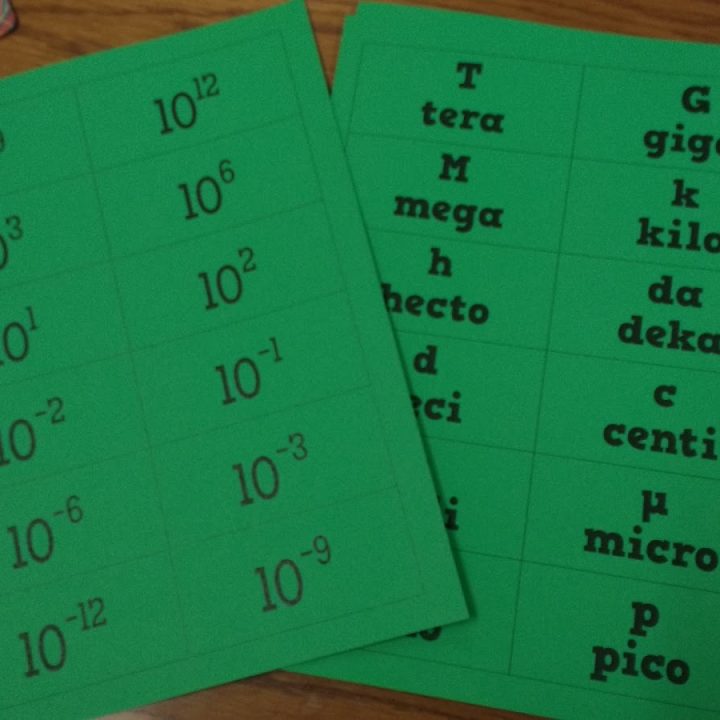
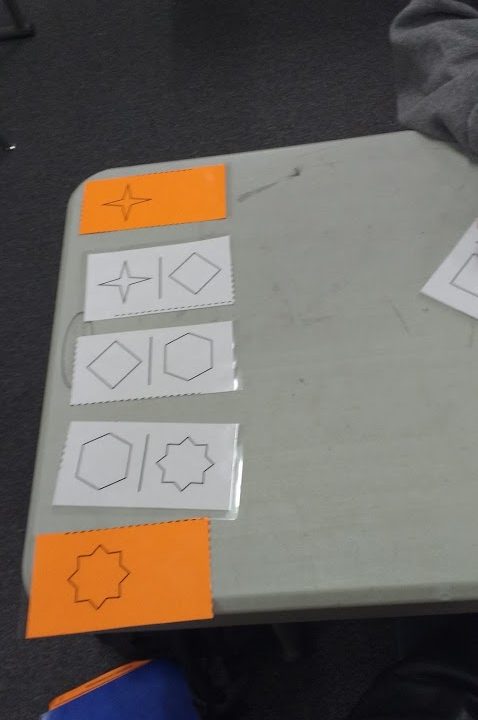
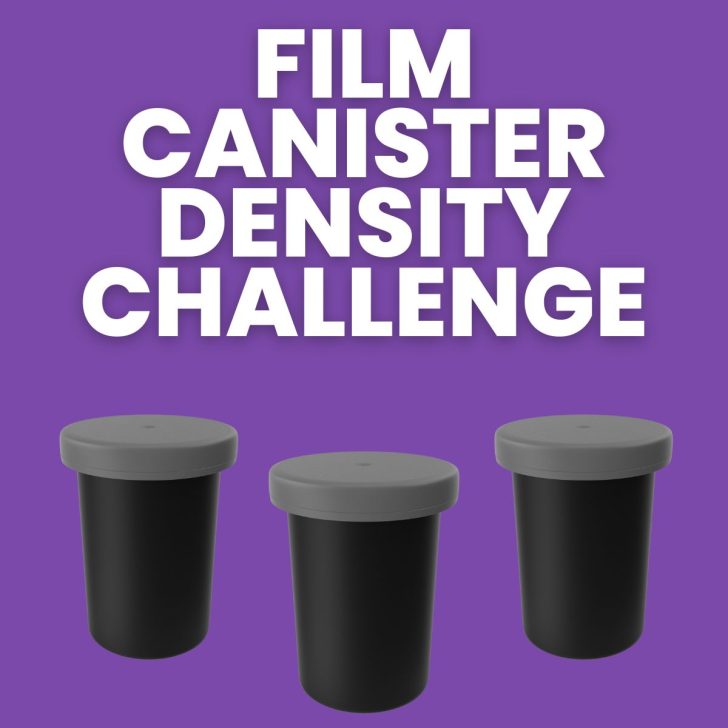
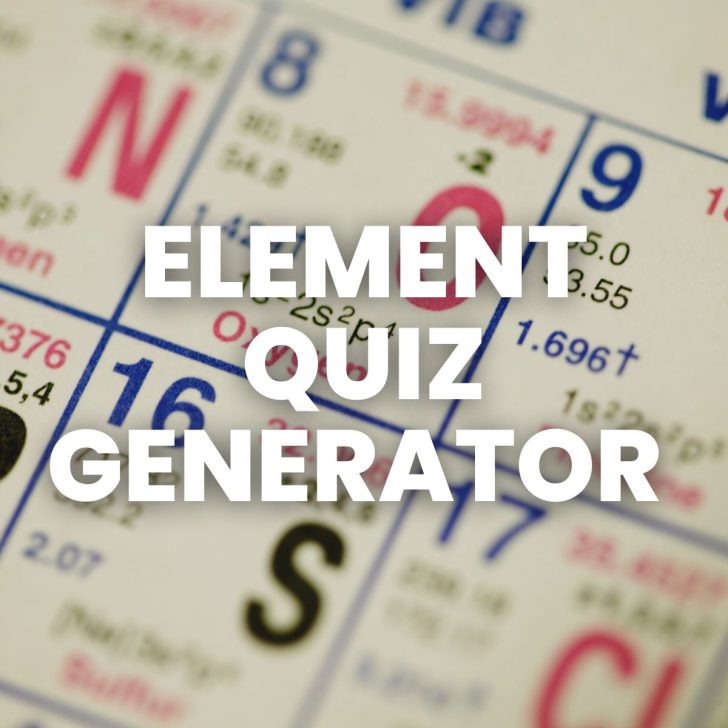
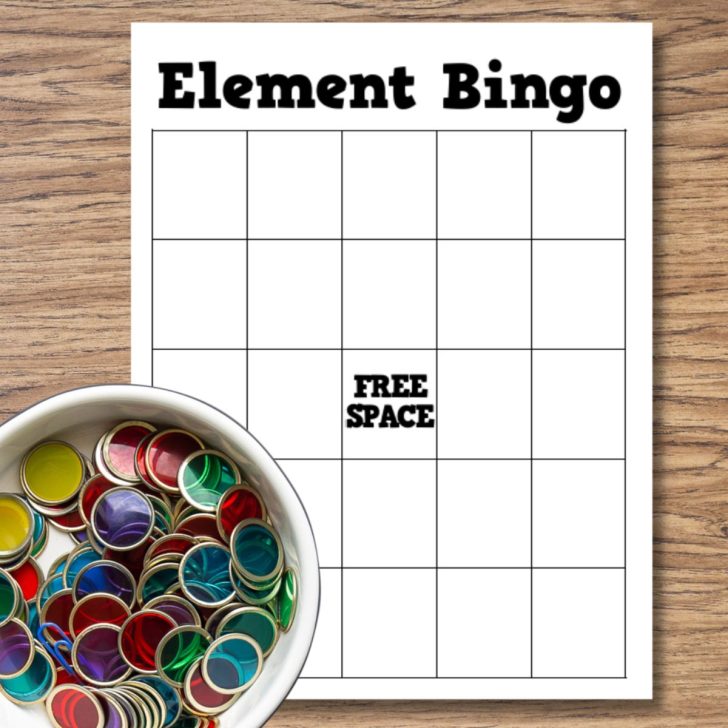
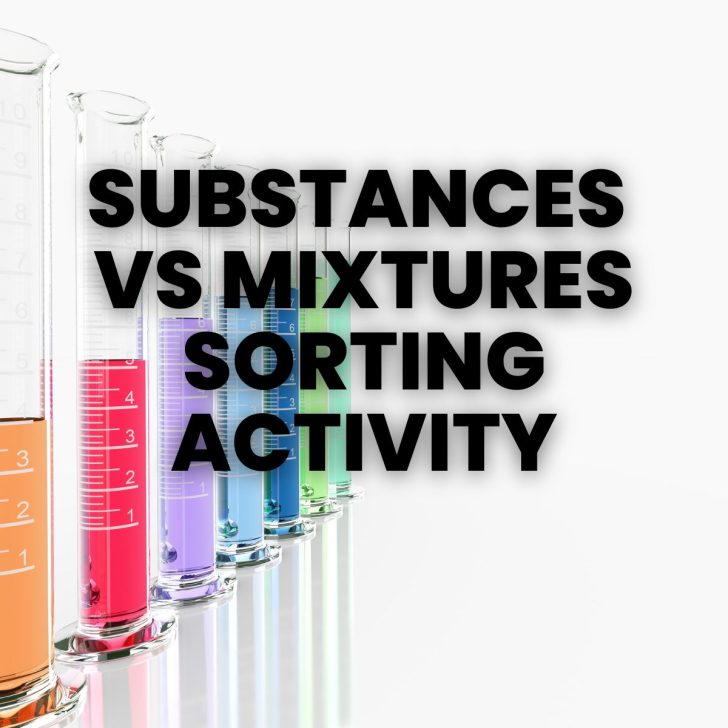
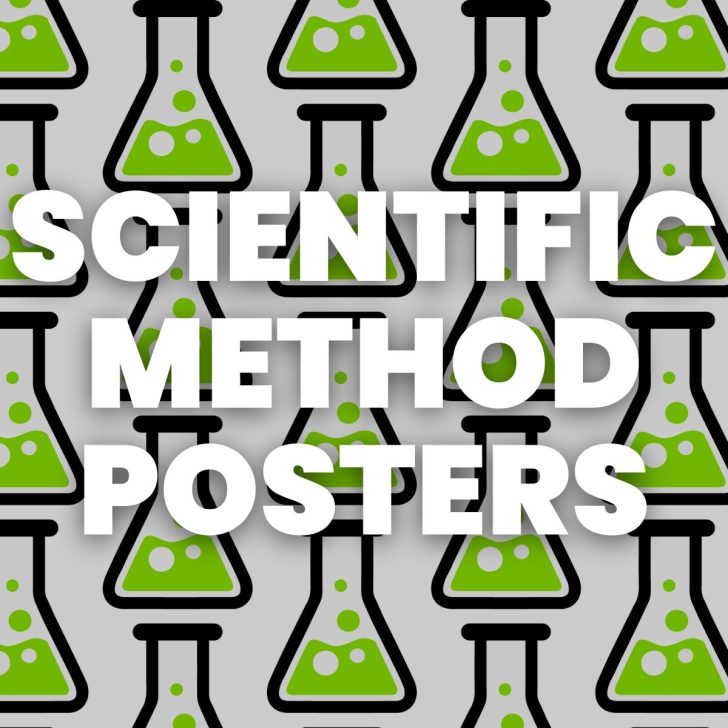
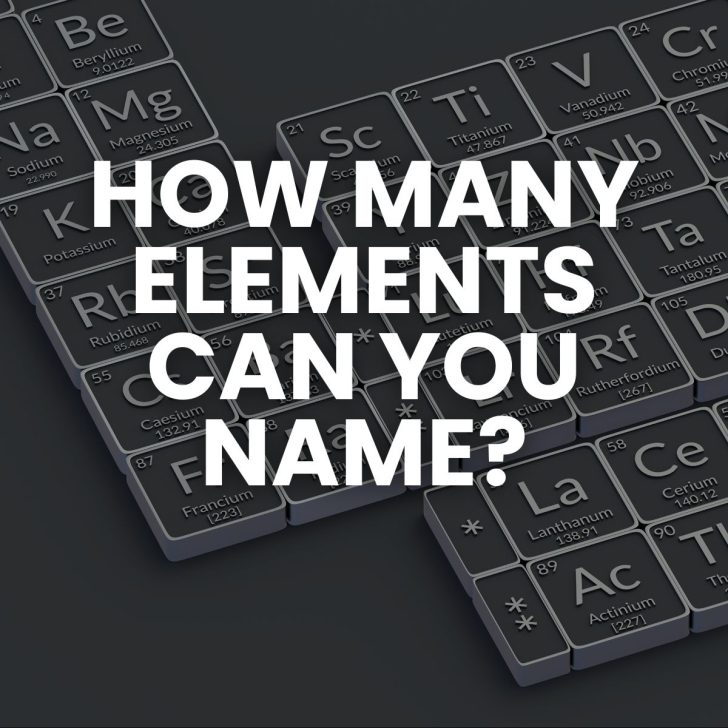
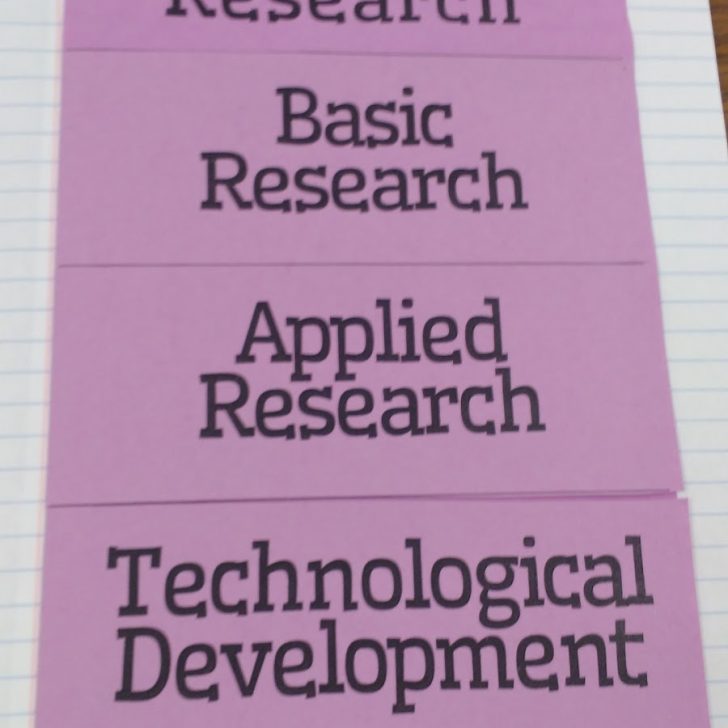
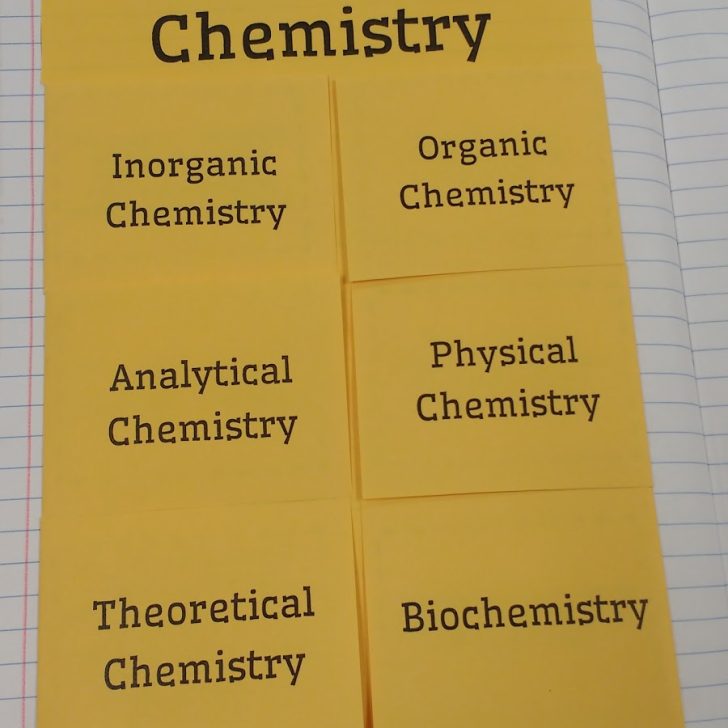
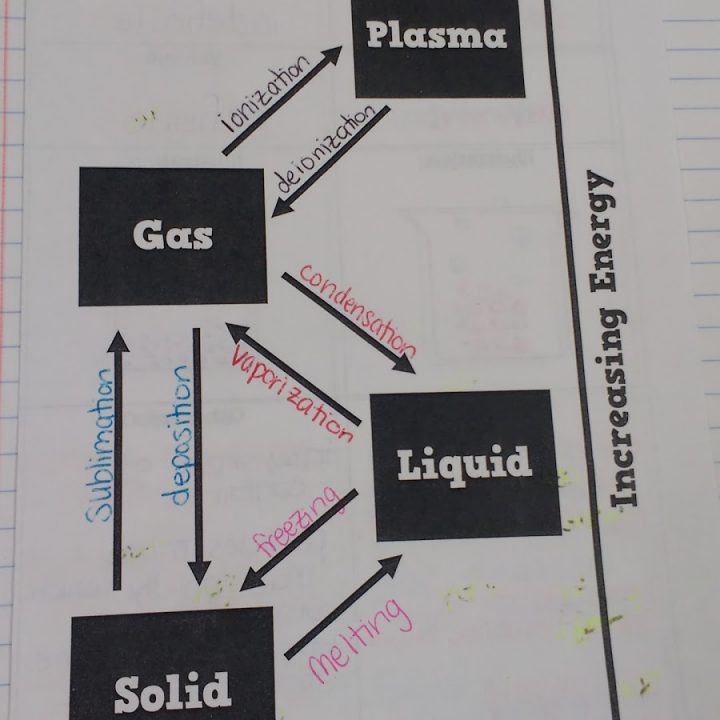
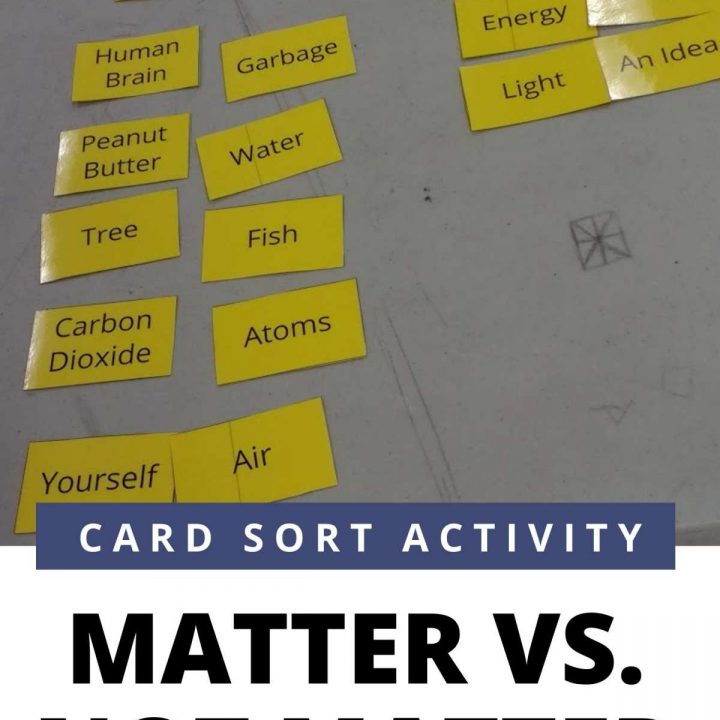
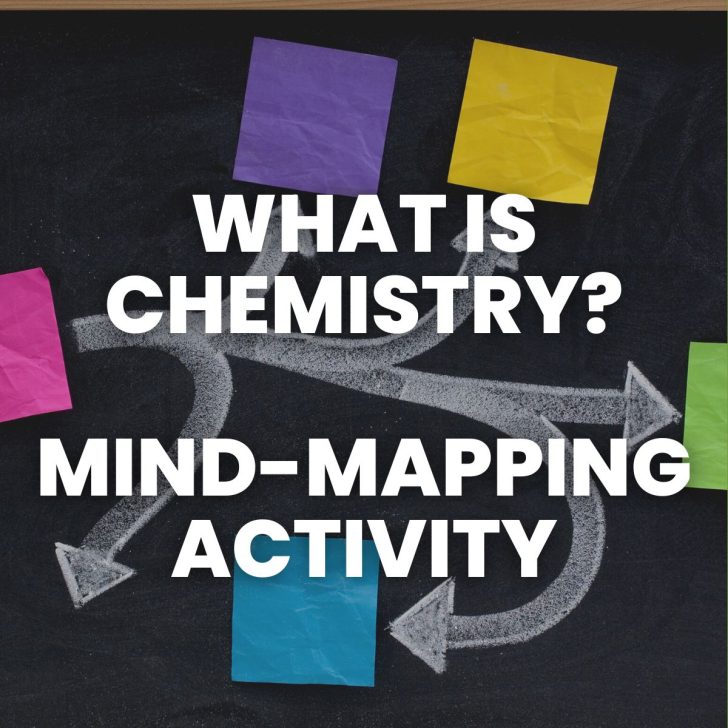
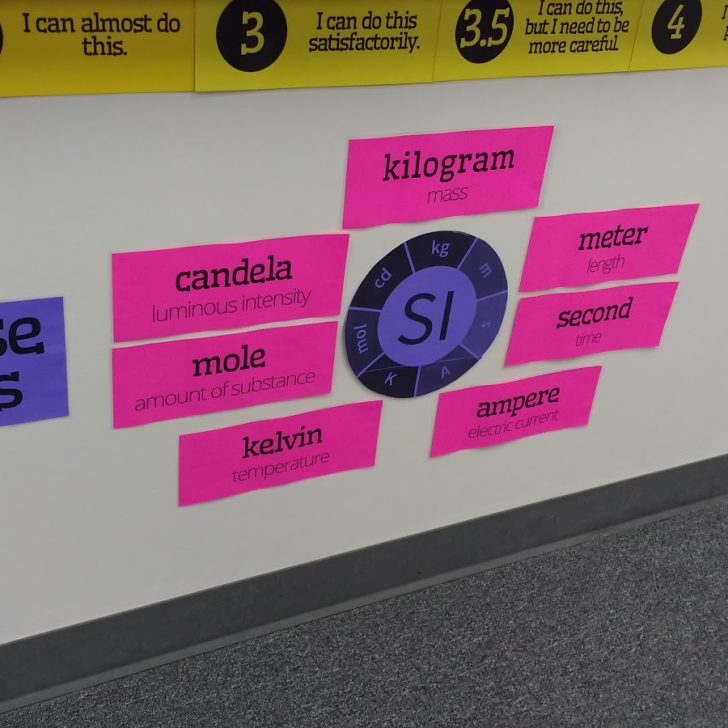
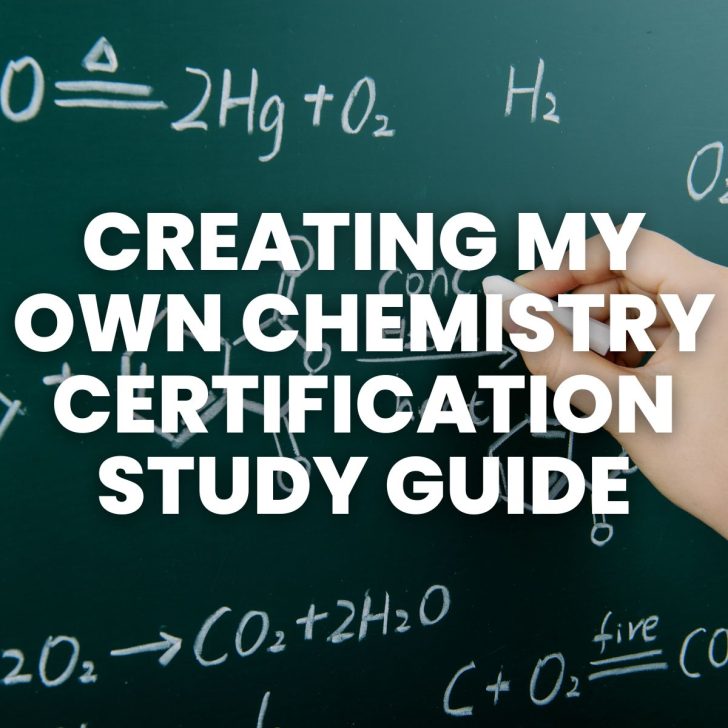
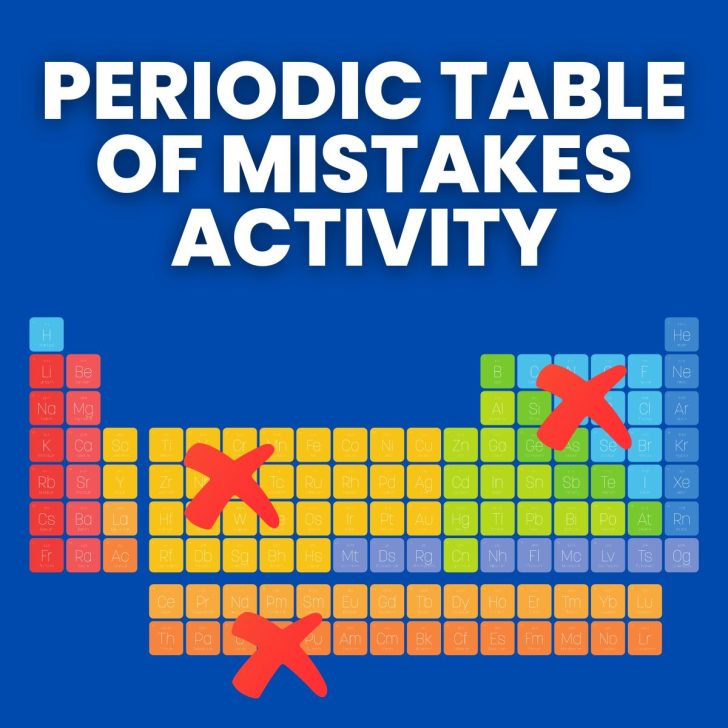
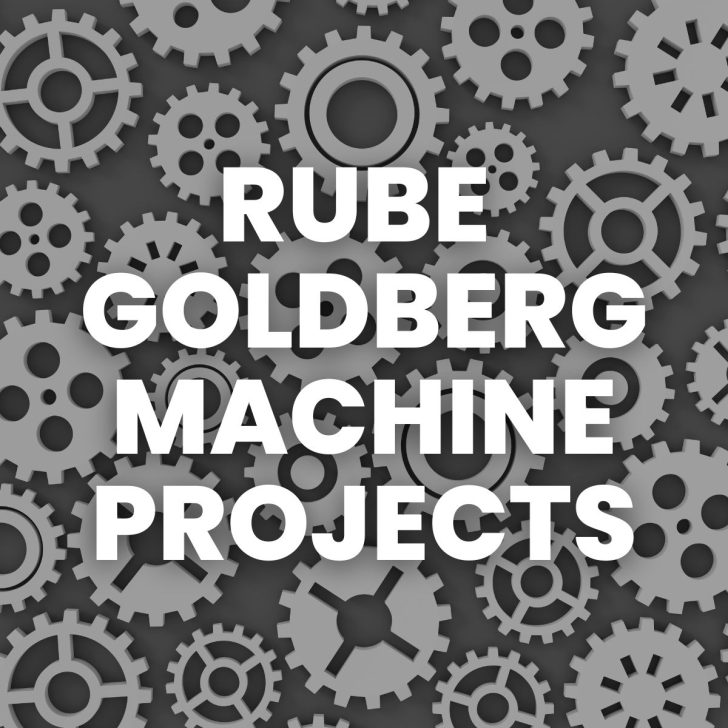
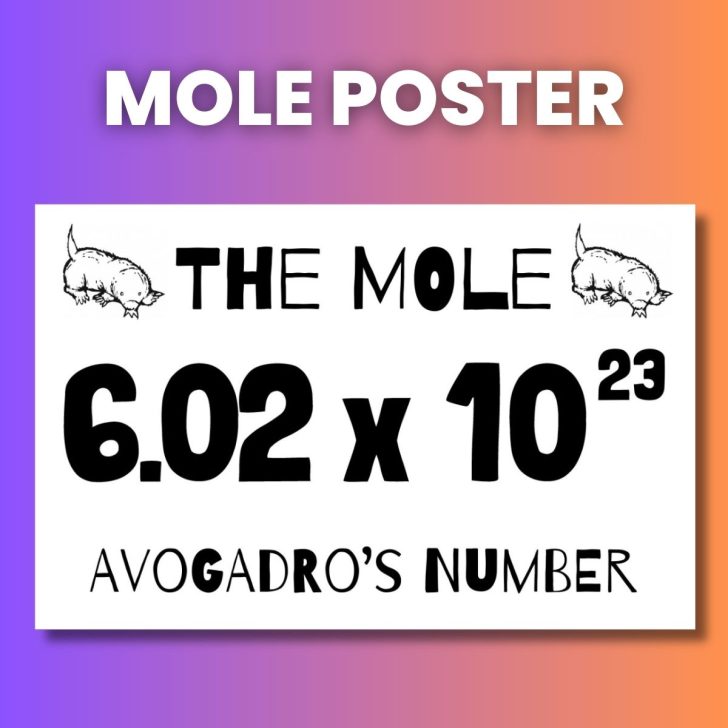
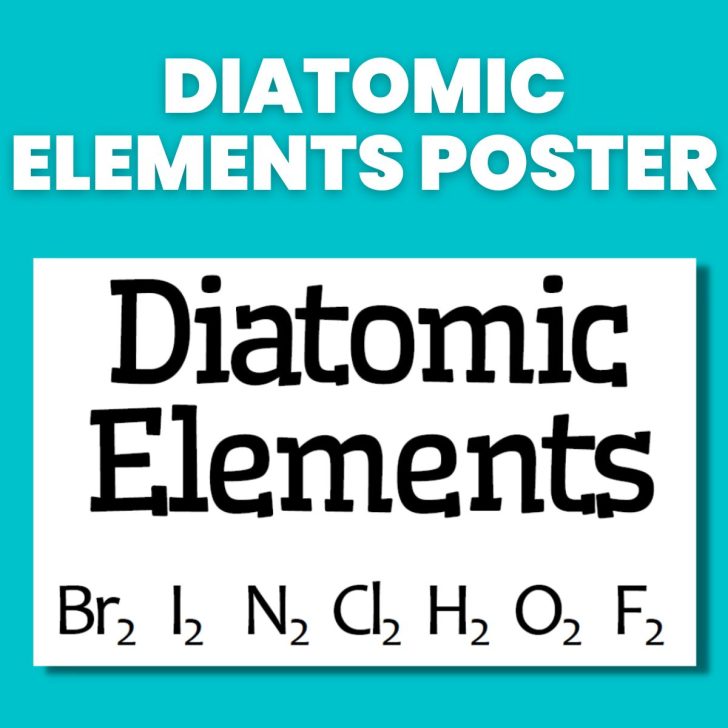
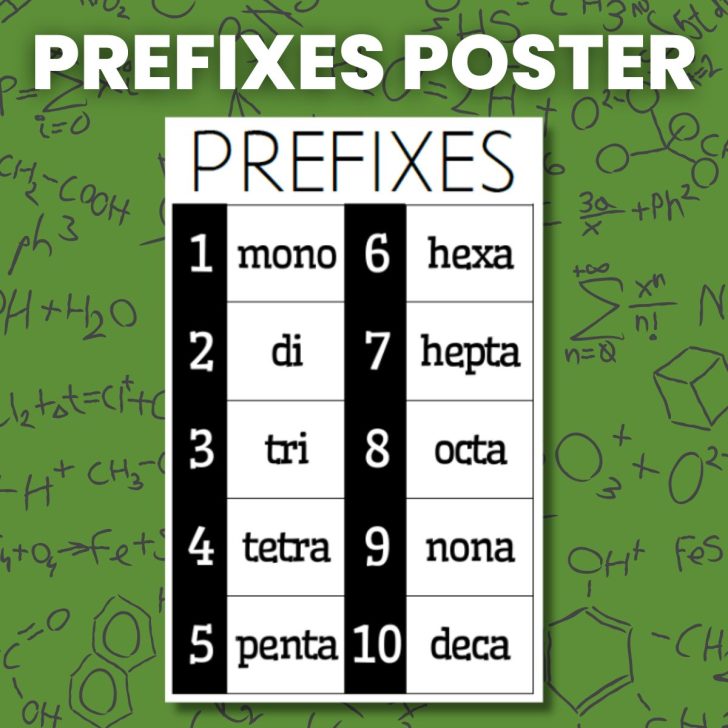
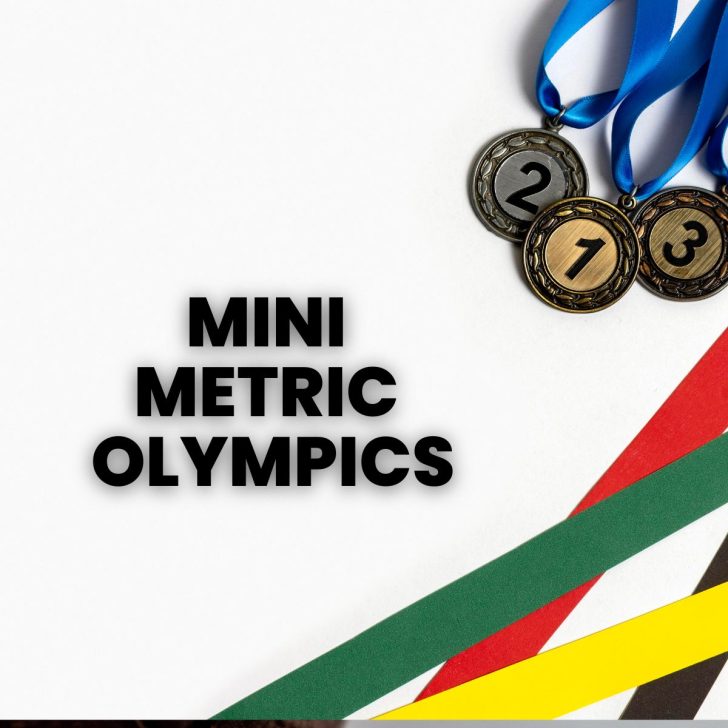
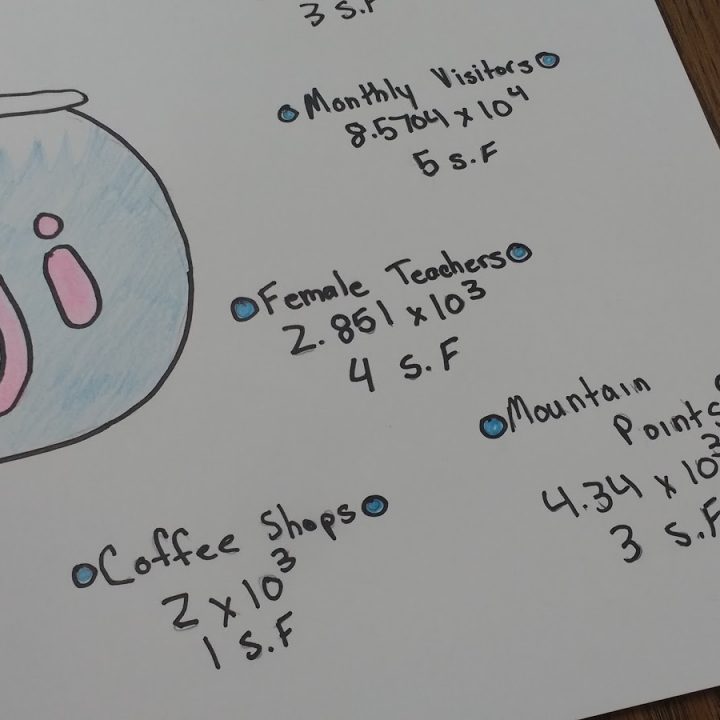
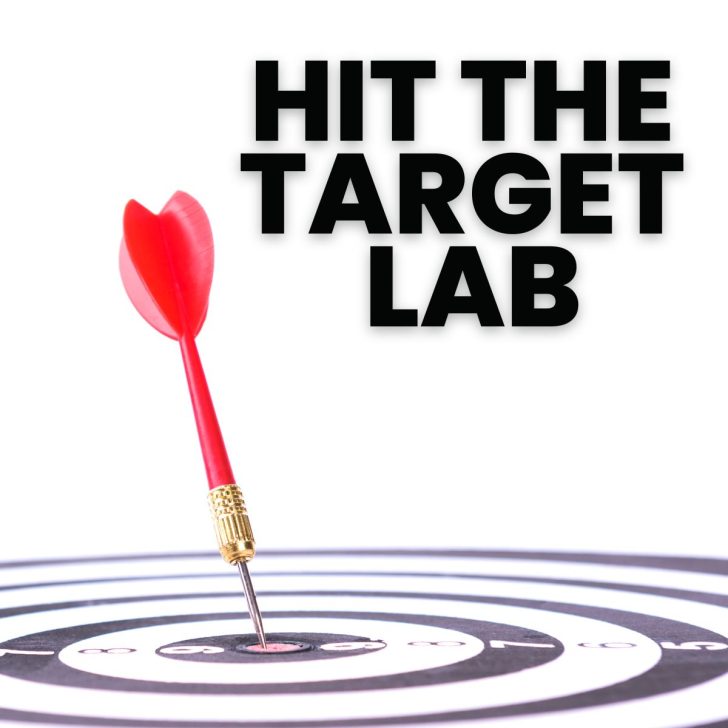
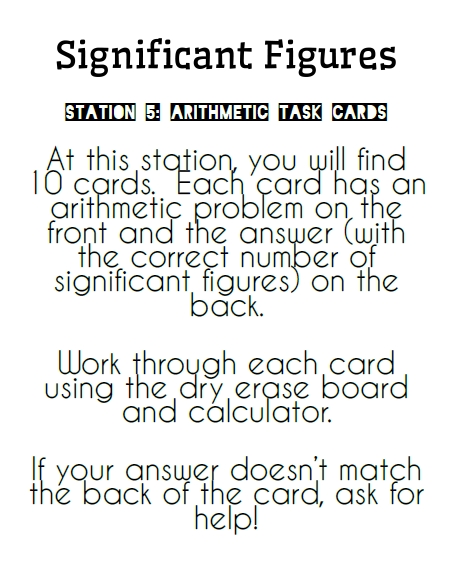
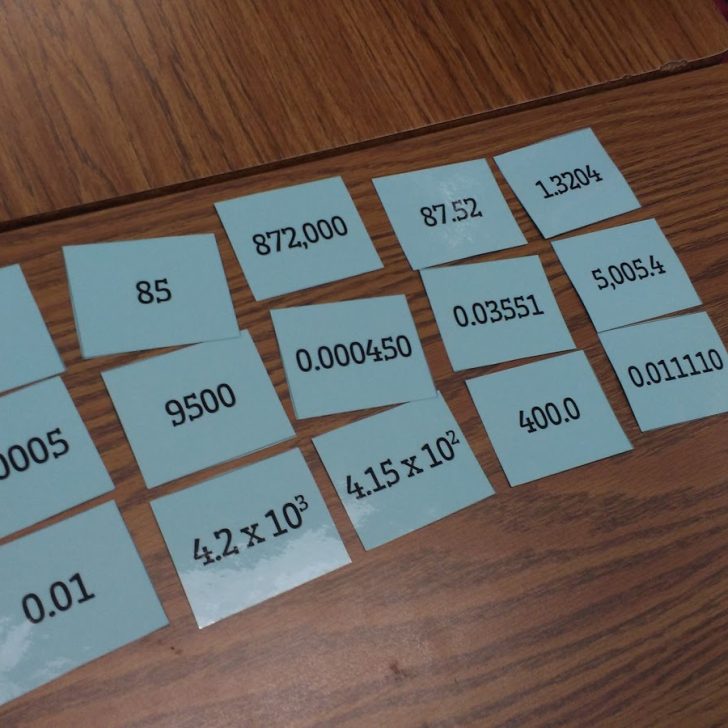
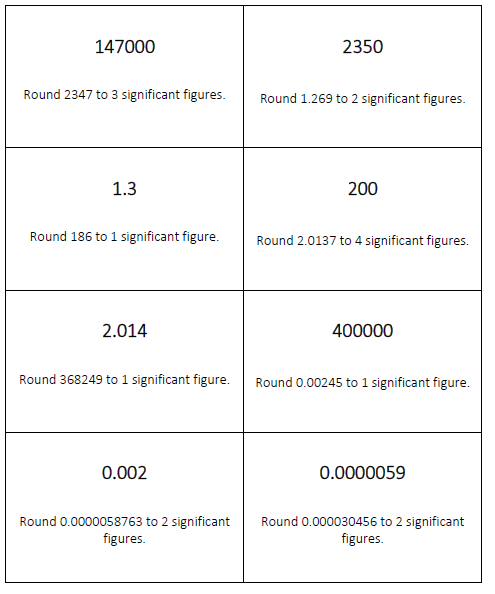
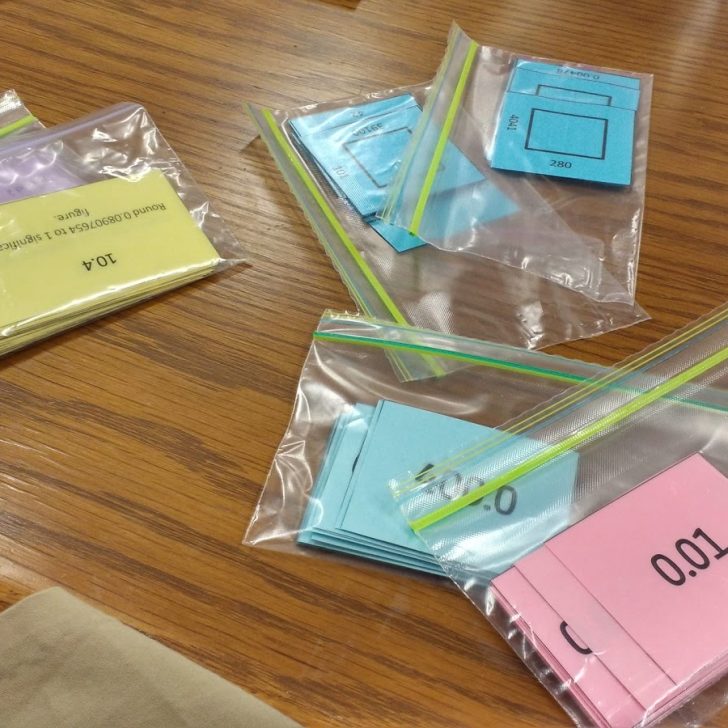

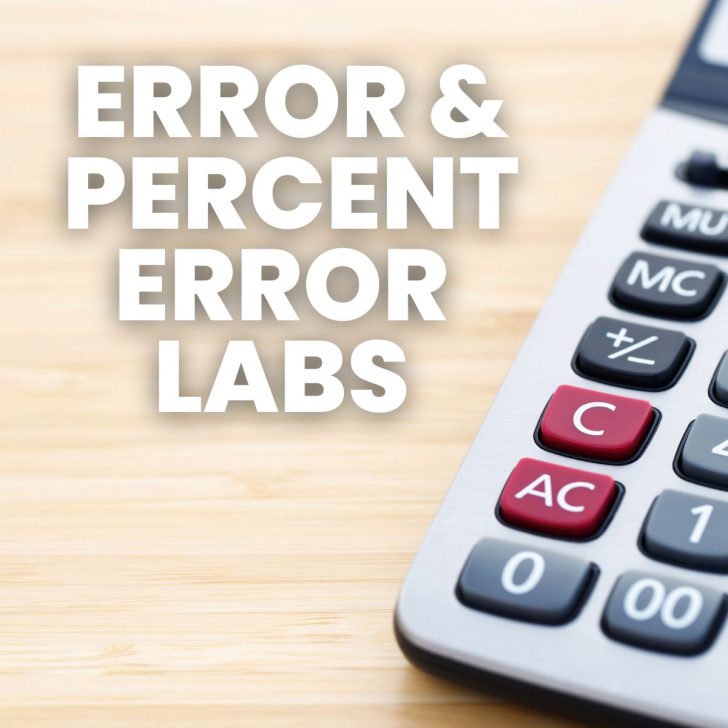
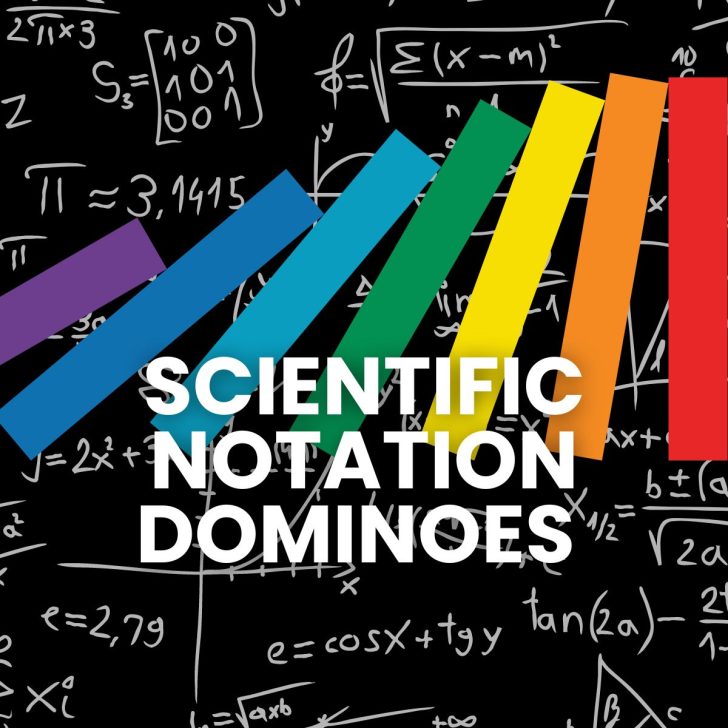
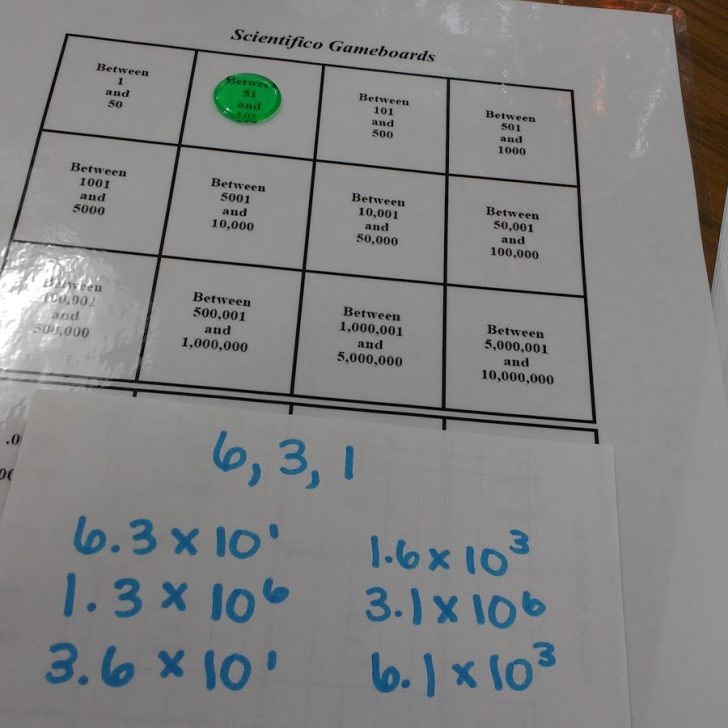
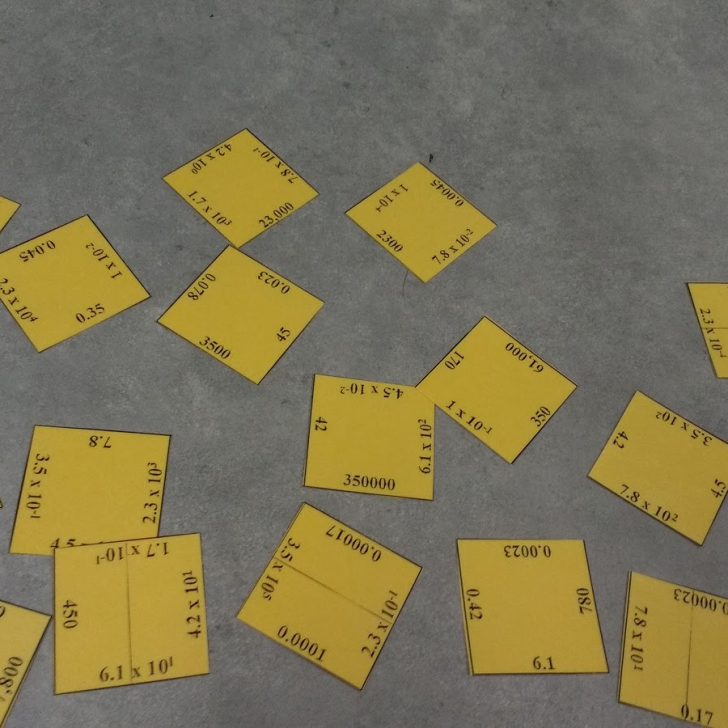
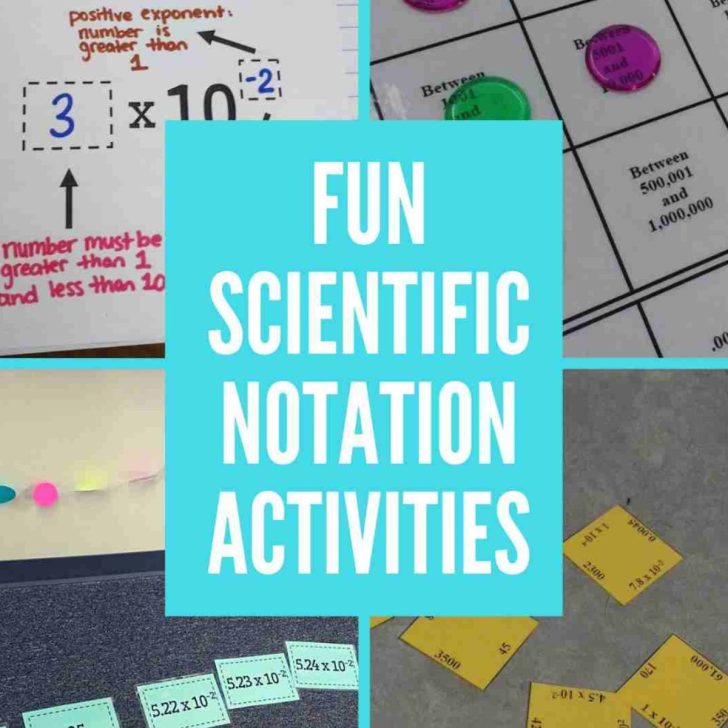

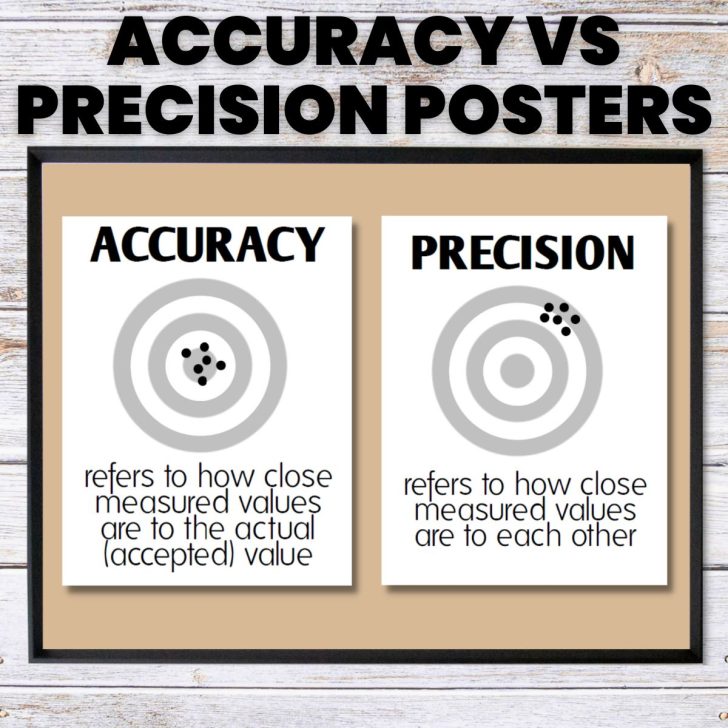
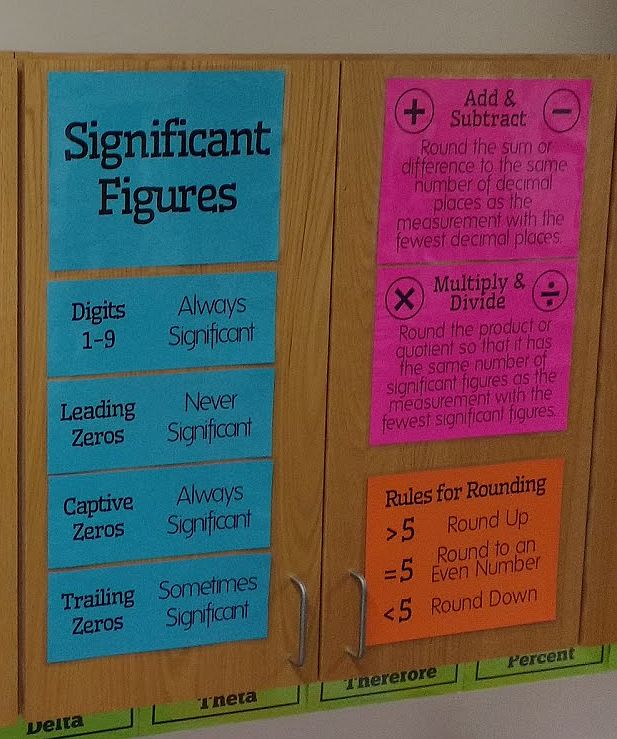
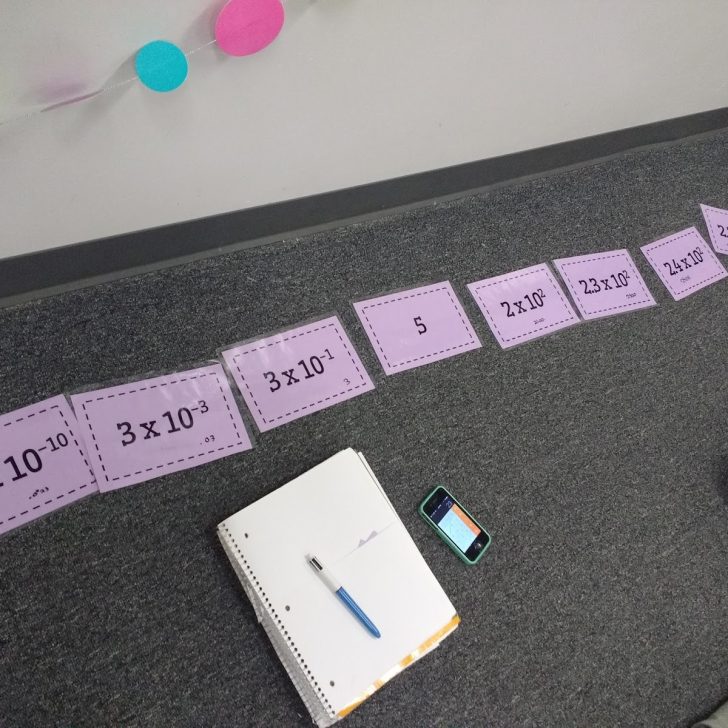
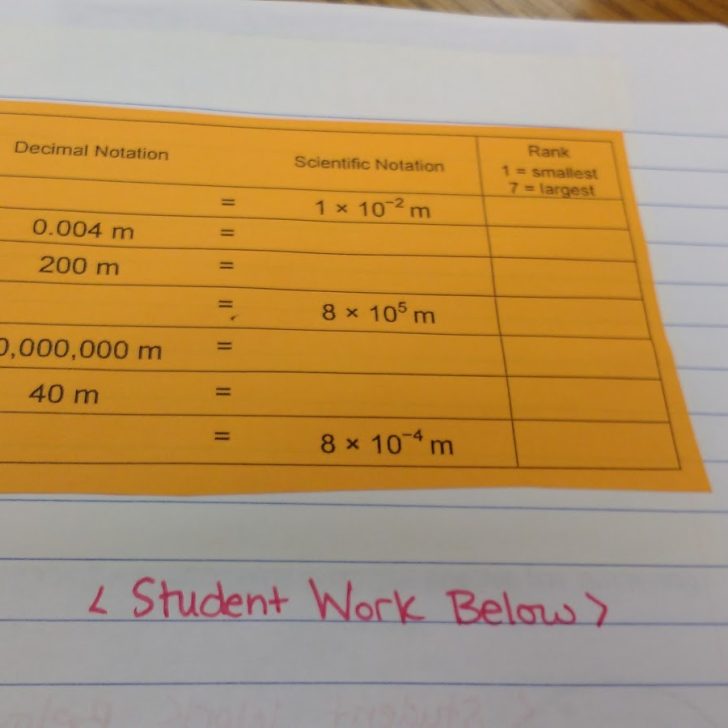
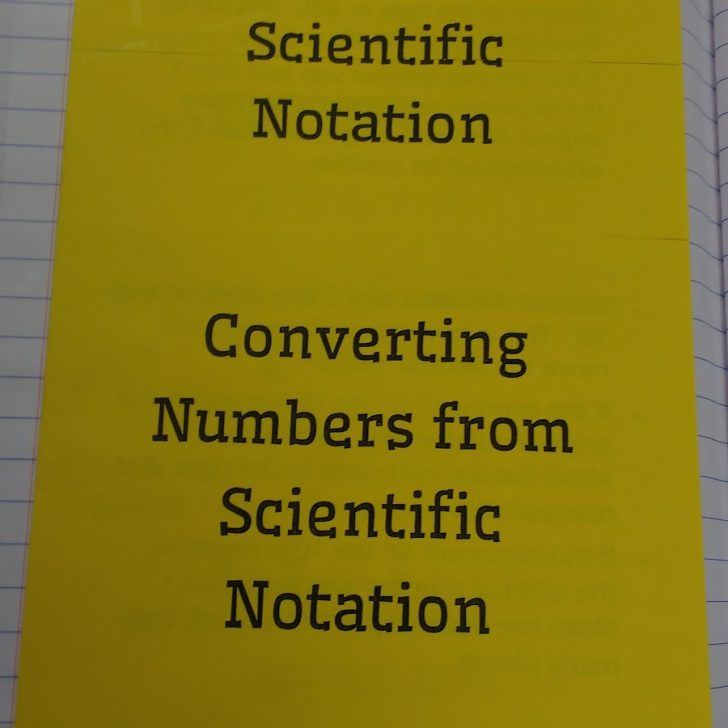
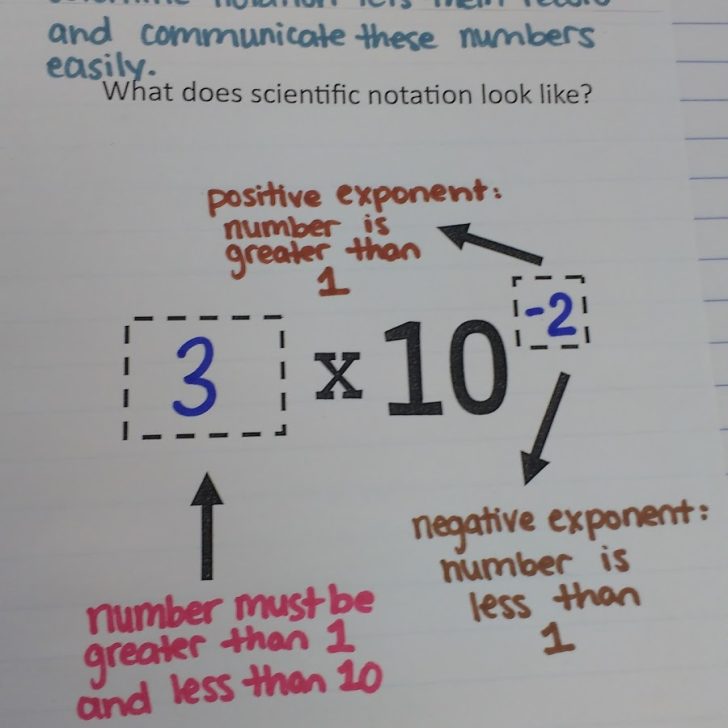
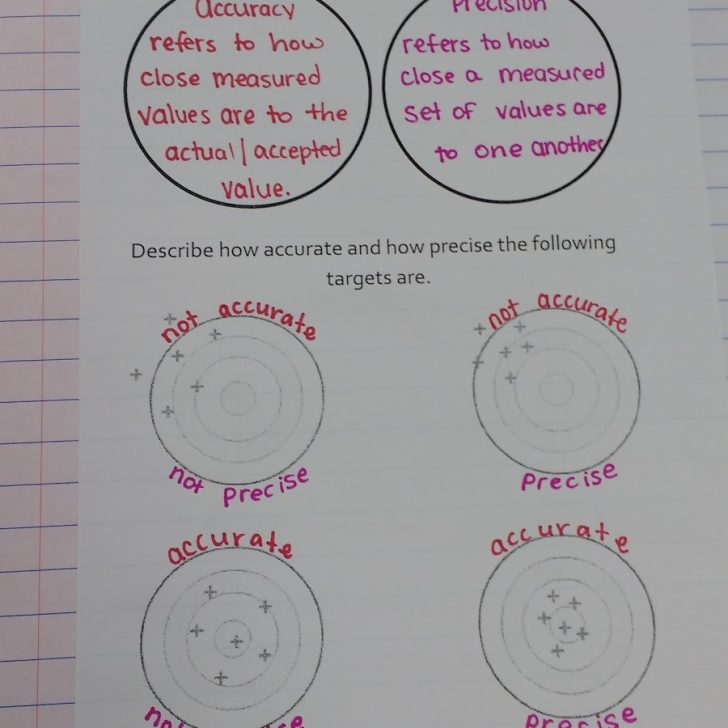
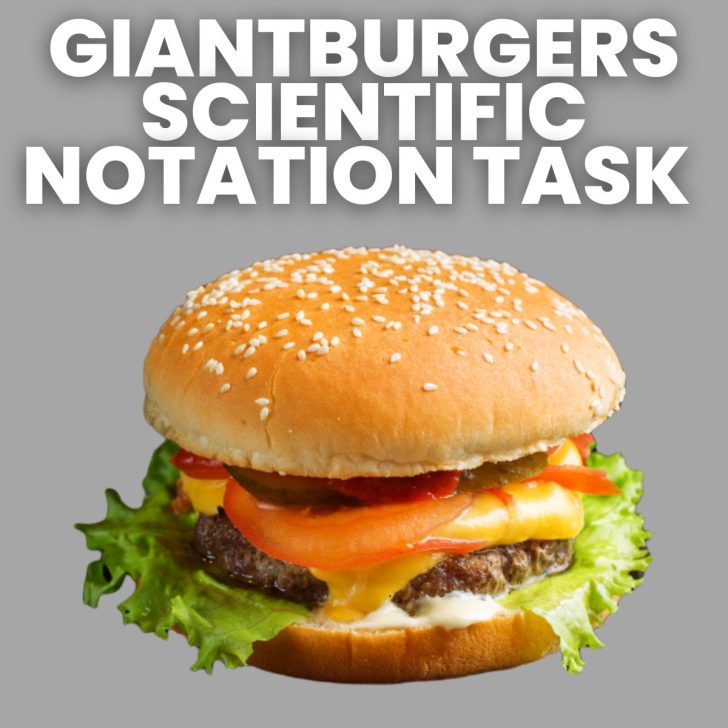
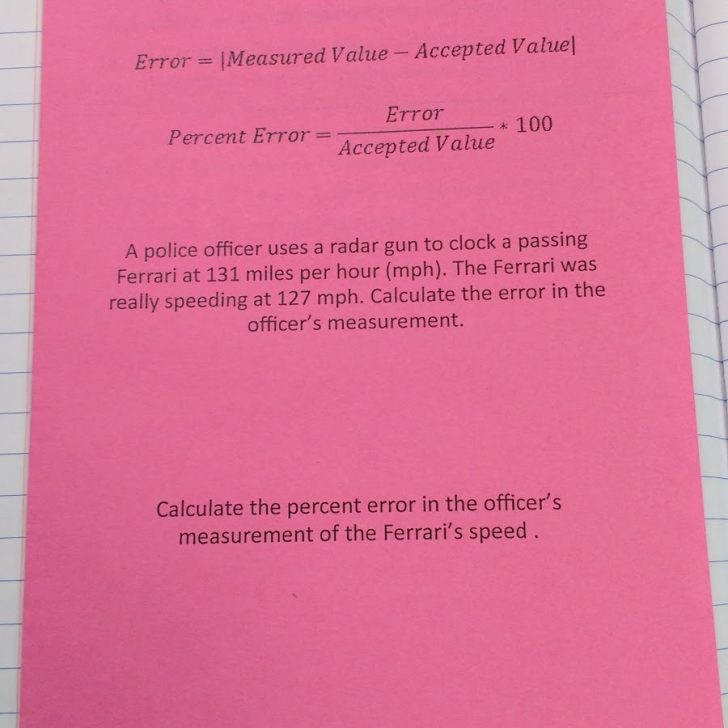
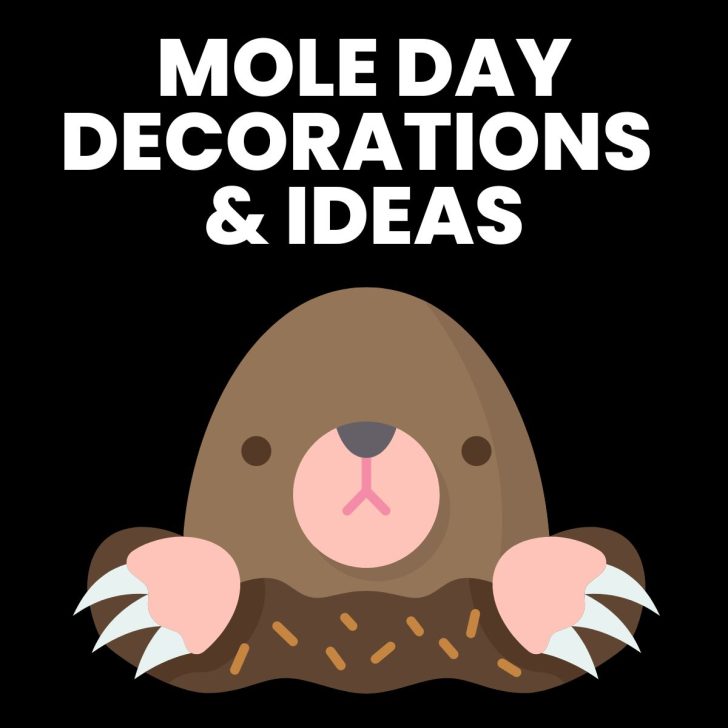
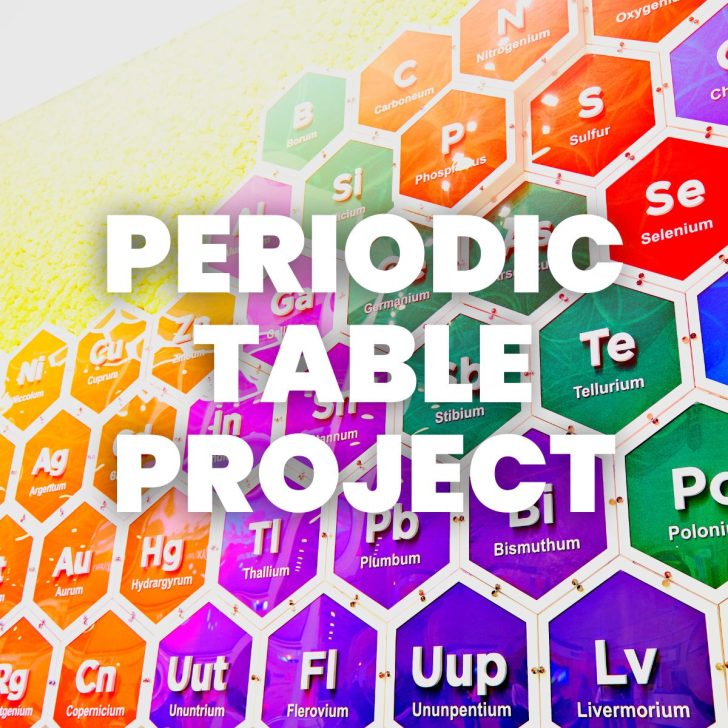
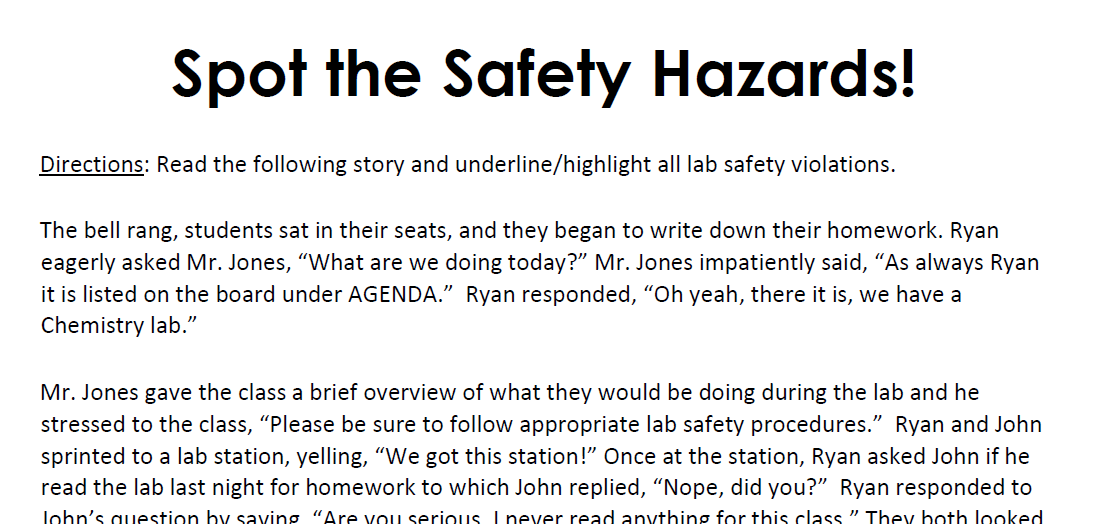
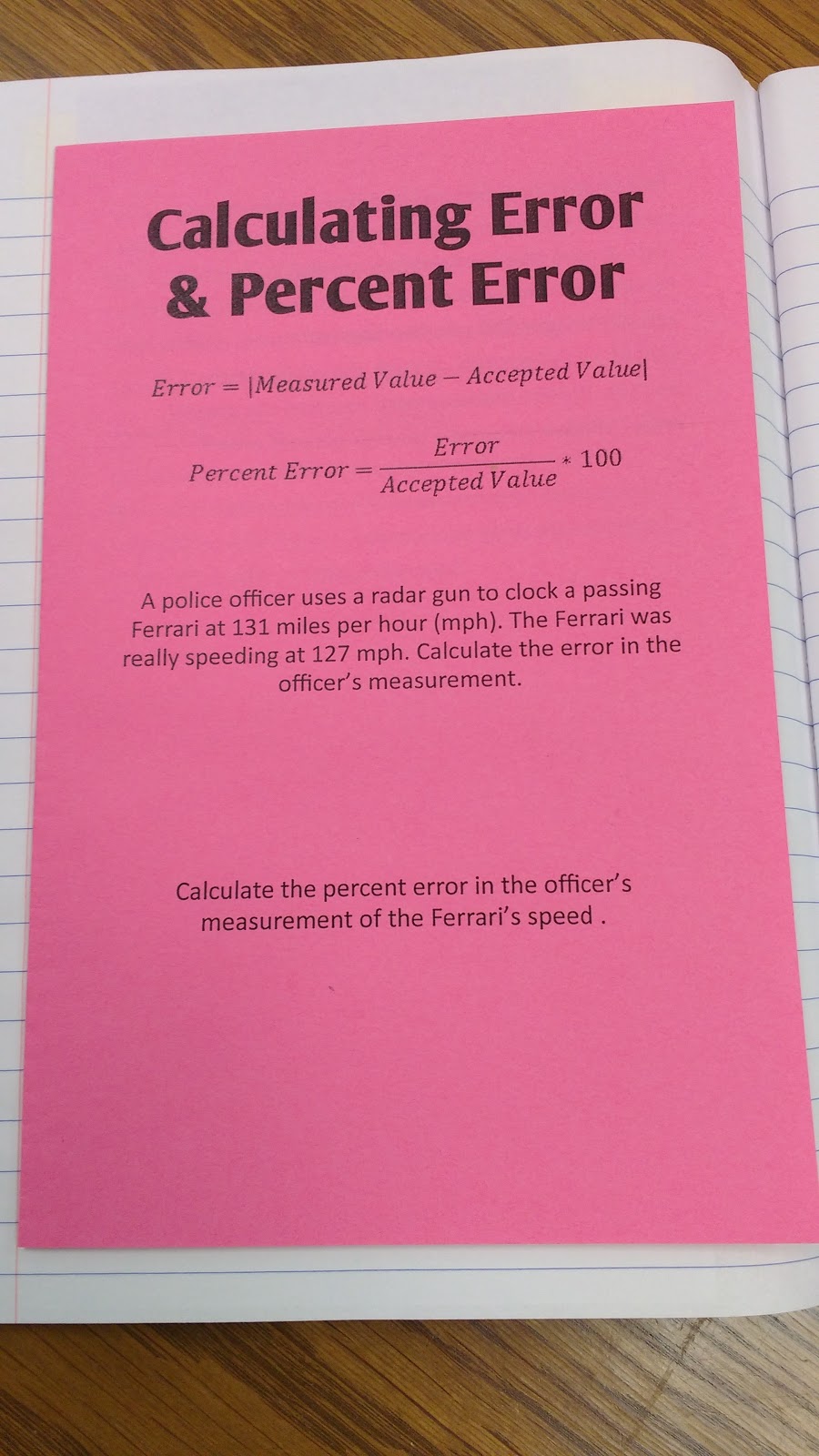
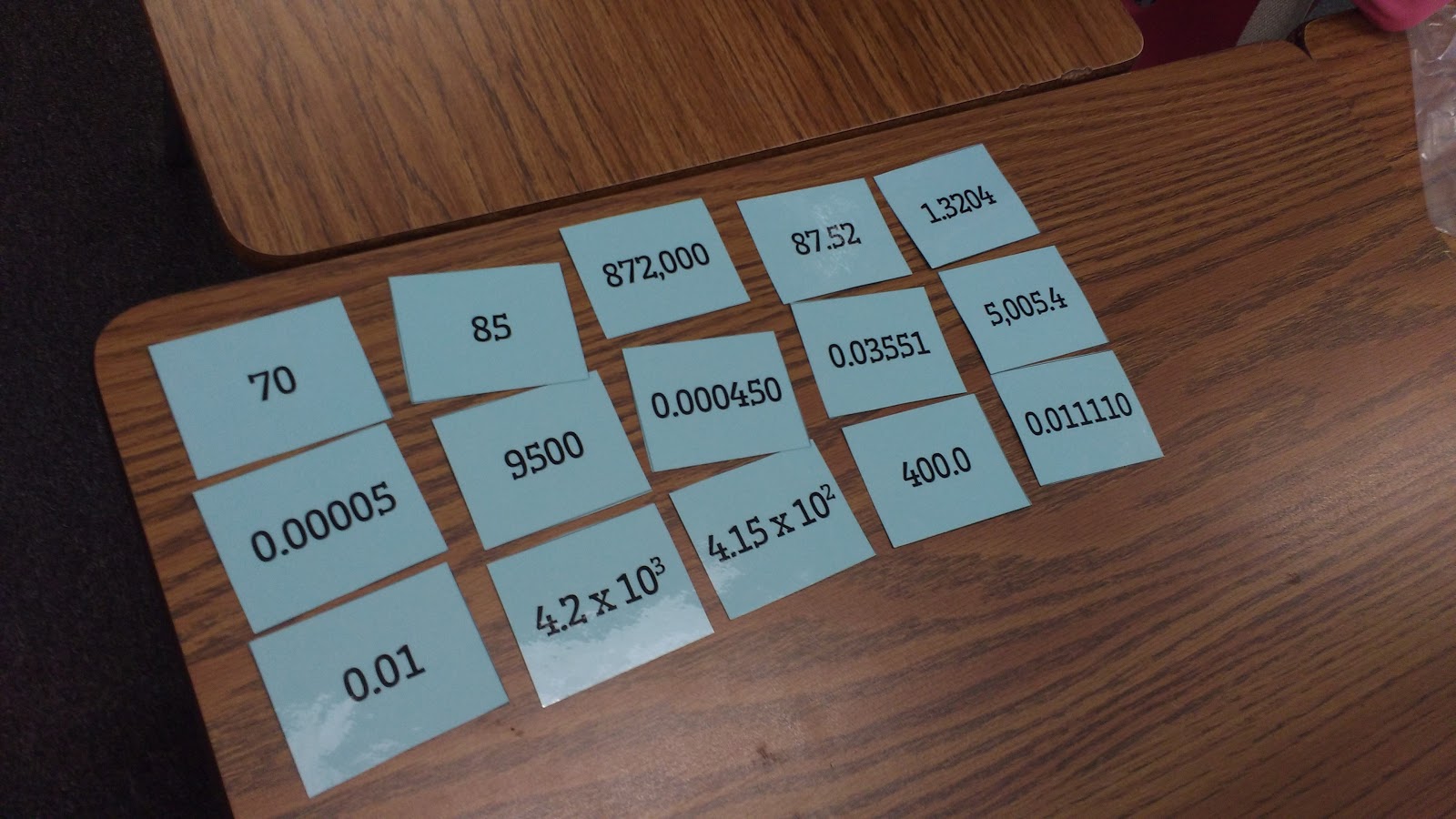
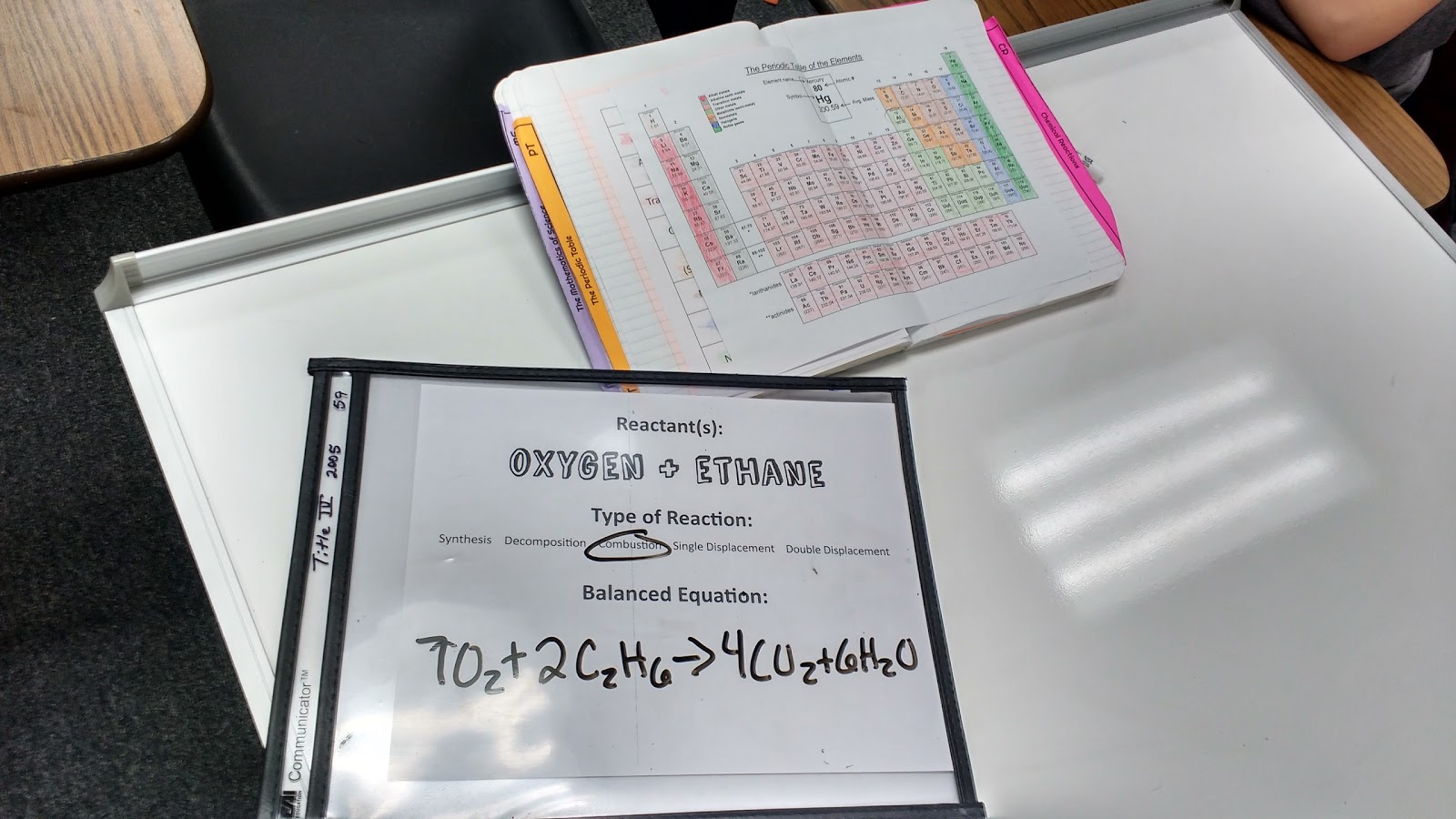
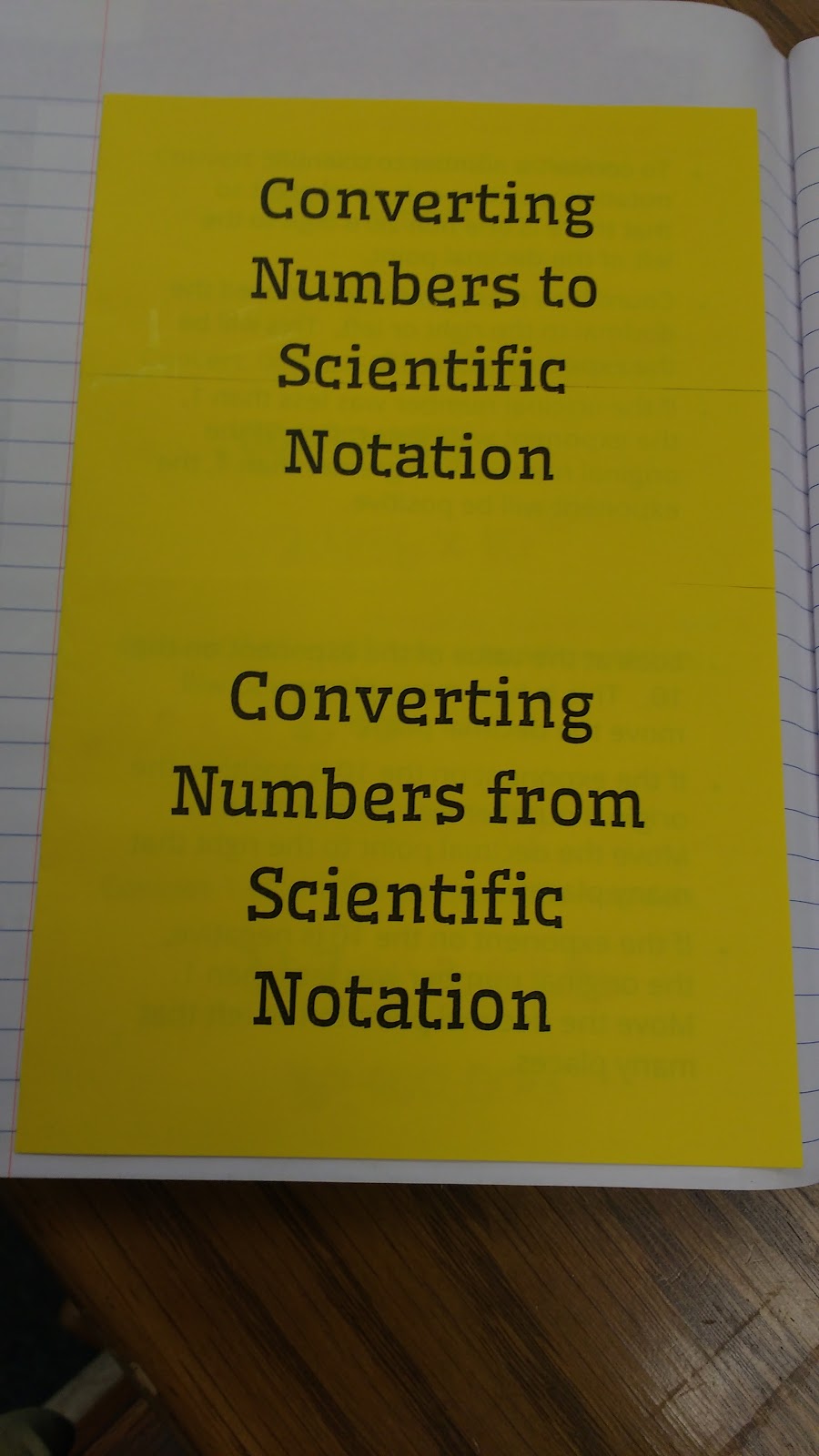
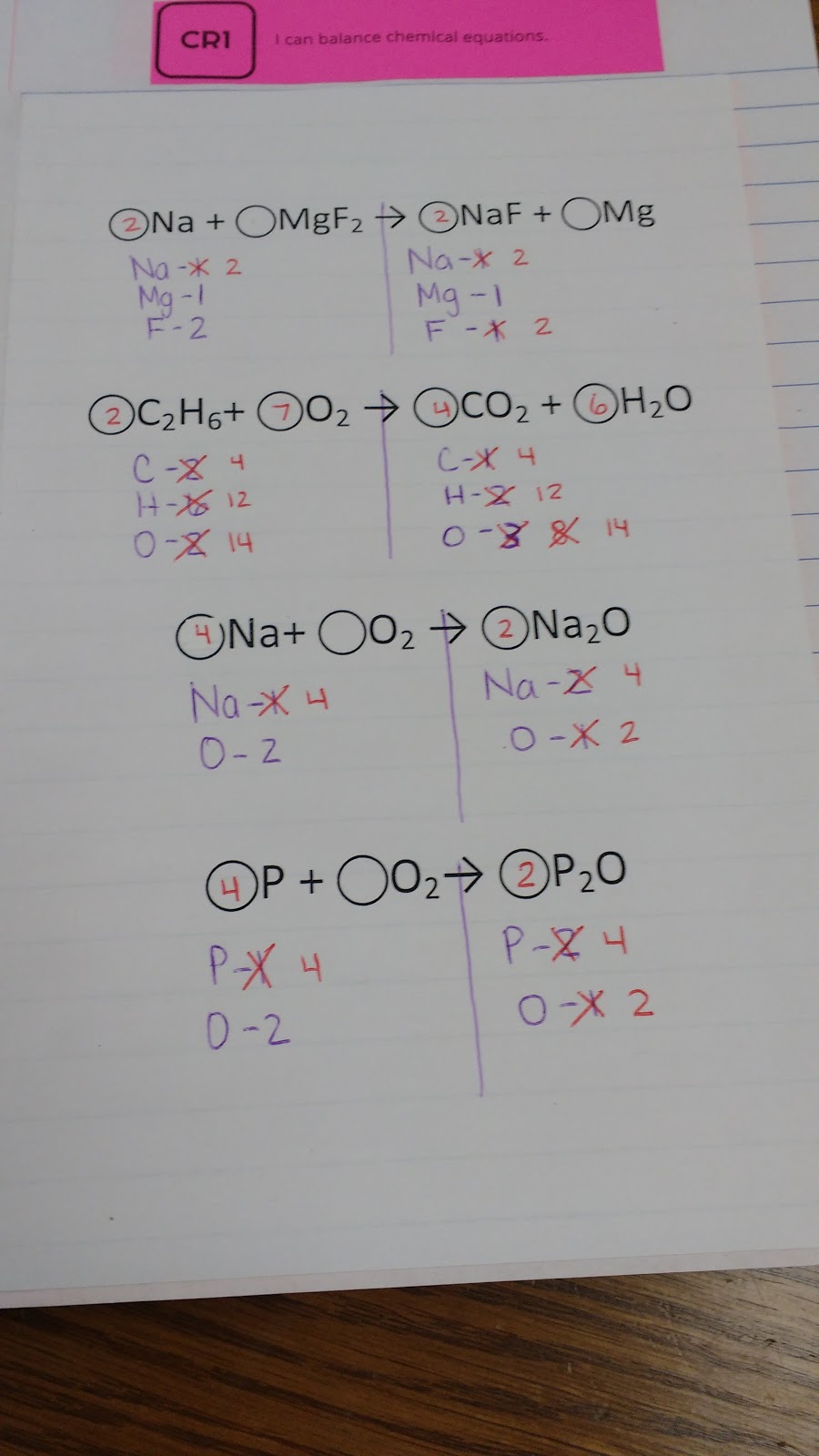
Congratulations Sarah!!
With your dedicated approach to studying I think you could become qualified in just about any subject! Well done Sarah, I think you'll have a ball teaching Chemistry 🙂
Congratulations! I have a science certification for grades 6-9 and have thought about extending it, but math is just where my heart is. Plus, the more certifications I have, the more preps I can have. I think I'm topped out a 4 different preps, I definitely don't want more added.
Just curious, why were you working hard to not have to teach Algebra 2? Is it just personal preference? Age of students?
Wow! This is really great! I only wish it was for high school math. I'd like to go back and get certified for 8-12 mathematics l. I'm only certified through 8th at the moment. And I'm in Texas.
Okay, you're inspiring me. Today is "make a binder for that project" day… I did one before but the project has changed enough…
Thank you! I plan on taking this soon. I bought the AP Chemistry Study book as well.
You are welcome! Good luck!